Business Startup Costs: The Ultimate Guide (2024)
September 14, 2022
September 14, 2022

More people are thinking about starting a business than ever before. In fact, nearly 5.4 million businesses were started in 2021, so how much does it cost to start a business?
The answer is different for every business, but many small business owners spend less than $5,000 on startup costs. We’ve talked to a ton of small business owners about how to start a business and we’re going to share what we’ve learned from them.
We’ll break down the business startup costs into upfront costs, one-time costs, and recurring expenses for each type of business. Let’s look at how we classified each type of cost.
We’ve broken down the startup costs into fixed costs and variable costs. We’ll discuss each below.
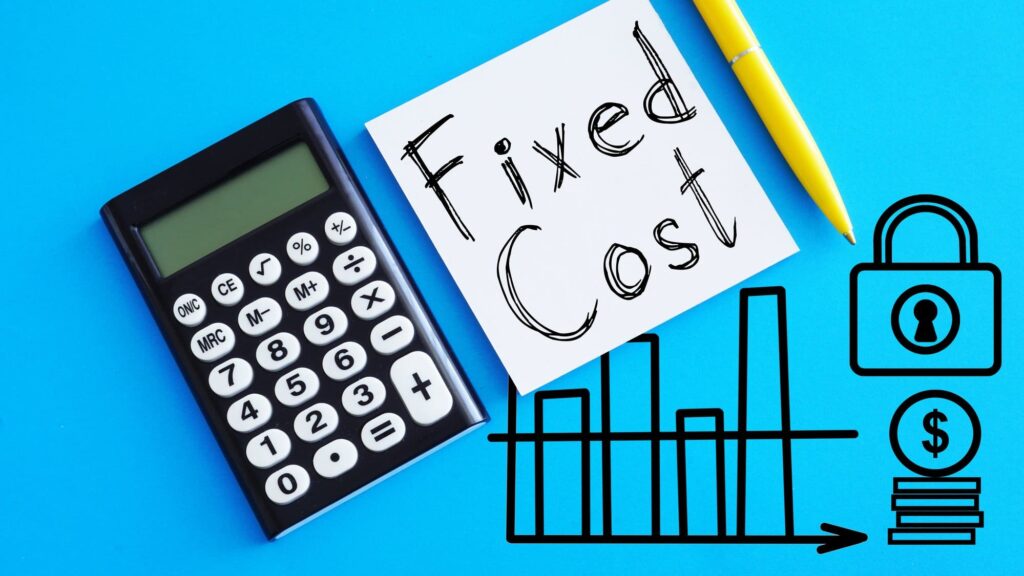
Fixed costs are business costs that do not change as sales increase. The following items are common startup costs that are fixed costs:
As time goes on, some businesses may find that a few fixed costs only remain fixed up to a certain volume. After that, they might see a drastic increase to add more volume and then it will become a fixed cost again. Adding a second service truck is one of the typical costs that work like this.
The other type of small business startup costs are variable costs, which we’ll discuss next.
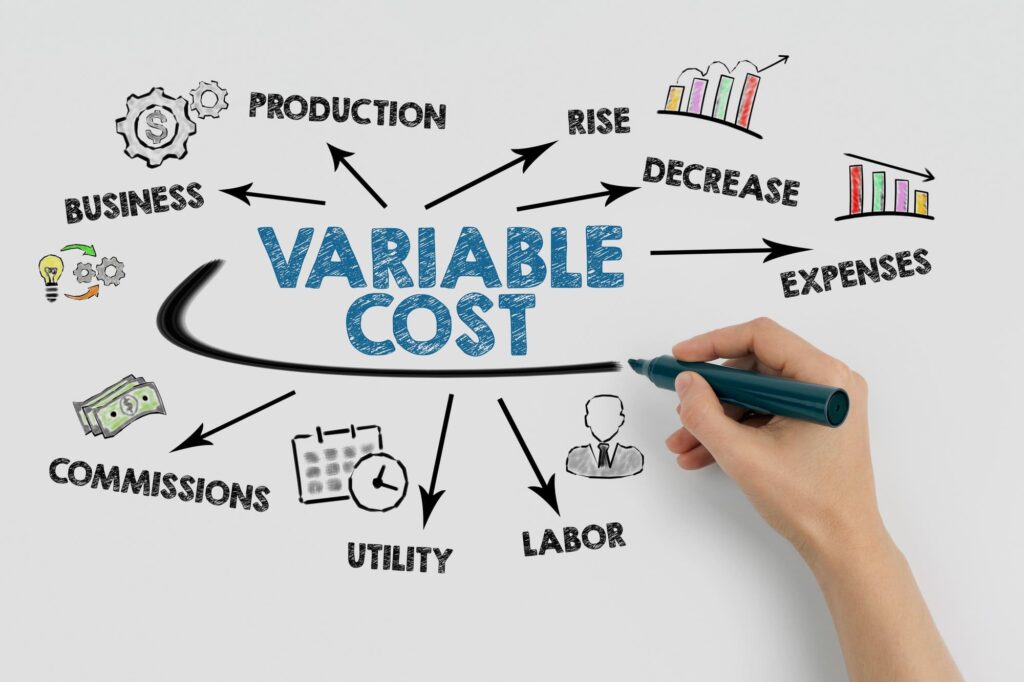
There are business costs that vary based on the volume the business does. These startup costs are called variable costs. Common startup costs in this category include:
Now that you know the costs we’ll be analyzing, let’s look at the average start-up costs for businesses.
I broke down the average costs of starting a business into four different classifications:
| Low (Just Startup) | Average (Home-Based for 1 Year of Expenses) | High (Store Location with 5 Years Expenses) | Franchise | |
|---|---|---|---|---|
| Office | $0.00 | $1,800.00 | $30,000.00 | $21,600.00 |
| Legal Fee | $500.00 | $2,000.00 | $10,000.00 | $3,500.00 |
| Software | $200.00 | $1,000.00 | $135,000.00 | $1,000.00 |
| Equipment | $300.00 | $3,000.00 | $125,000.00 | $4,800.00 |
| Insurance | $0.00 | $1,200.00 | $25,000.00 | $5,400.00 |
| Shipping | $2.99/item | $6.99/item | $500/item | $6.99/item |
| Marketing | $0.00 | $24,000.00 | $1,440,000.00 | $24,000.00 |
| Material | $0.00 | $10,000.00 | $50,000.00 | $10,000.00 |
| Supplies | $300.00 | $2,000.00 | $10,000.00 | $1,500.00 |
| Wages | $0.00 | $0.00 | $200,000.00 | $0.00 |
| Unexpected | $300.00 | $1,000.00 | $5,000.00 | $1,000.00 |
| Other | $0.00 | $2,000.00 | $10,000.00 | $89,950.00 |
| Total | $1,600.00 | $48,000.00 | $2,040,000.00 | $162,750.00 |
According to the Small Business Administration, one out of every four businesses start with less than $5,000, and over half of small businesses have startup costs of under $25,000. But the median is just over $24,000, and the weighted average would be between $72,000 and $276,000.
| Small Business Start Up Cost Analysis | ||||||
| Low | High | Midpoint | Percent | Low Weighted Average | Midpoint Weighted Average | High Weighted Average |
| $0.00 | $4,999.00 | $2,499.50 | 24.10% | $0.00 | $602.38 | $1,204.76 |
| $5,000.00 | $9,999.00 | $7,499.50 | 11.70% | $585.00 | $877.44 | $1,169.88 |
| $10,000.00 | $24,999.00 | $17,499.50 | 15.10% | $1,510.00 | $2,642.42 | $3,774.85 |
| $25,000.00 | $49,999.00 | $37,499.50 | 12.00% | $3,000.00 | $4,499.94 | $5,999.88 |
| $50,000.00 | $99,999.00 | $74,999.50 | 12.80% | $6,400.00 | $9,599.94 | $12,799.87 |
| $100,000.00 | $249,999.00 | $174,999.50 | 12.80% | $12,800.00 | $22,399.94 | $31,999.87 |
| $250,000.00 | $999,999.00 | $624,999.50 | 8.90% | $22,250.00 | $55,624.96 | $88,999.91 |
| $1,000,000 | $5,000,000.00 | $1,000,000.00 | 2.60% | $26,000 | $26,000.00 | $130,000.00 |
| Source: ABS | Total | $72,545.00 | $122,247.01 | $275,949.03 | ||

Online businesses are normally some of the lowest in cost to start. You can start most of them for under $1,000 without any educational expenses.They require a computer, internet, business licensing, and some software. Businesses in this category might include:
When people ask “how much does it cost to start a business online?” search results will normally provide answers about ecommerce stores. We’ll discuss those next.
T-shirt companies are fairly easy to start. For example, you can start with a $30 Shopify, some design software, and a print-on-demand provider. If you really want to make money on it, you have to get good at SEO and marketing, which will increase your costs.
| T-Shirt Business Startup for Revenue of $350,000 per Year | |||
| Low (Just Startup) | Average (1 Year Cost) | High (5 Years) | |
| Office (Homebased) | $0.00 | $0.00 | $0.00 |
| Legal Fee | $0.00 | $1,000.00 | $5,000.00 |
| Software | $50.00 | $6,000.00 | $30,000.00 |
| Equipment (Print-on-Demand (POD) + Dropshipping) | $0.00 | $0.00 | $0.00 |
| Insurance (Optional) | $0.00 | $1,000 | $5,000.00 |
| Shipping | $5.99/item | $59,900.00 | $299,500.00 |
| Marketing | $0.00 | $24,000.00 | $120,000.00 |
| Material | $20.00 | $200,000.00 | $1,000,000.00 |
| Supplies (Optional) | $0.00 | $0.00 | $0.00 |
| Wages (POD built into material costs) | $0.00 | $0.00 | $0.00 |
| Unexpected | $0.00 | $1,000.00 | $5,000.00 |
| Other | $0.00 | $1,000.00 | $5,000.00 |
| Total | $70.00 | $292,900.00 | $1,464,500.00 |
| Content | Throwback NW | Urbanity | Big Frog |
Check out our interview with the owner of Urbanity to learn more:
We’ve interviewed multiple business owners who have started landscaping companies. It’s one of the easiest types of businesses to start. You can even start a business for as little as $300.
The table below shows the breakdown of the business expenses a small business owner should expect when starting a landscaping business.
| Landscaping Startup Costs | ||||
| Low (Just Startup) | Average (Home-Based for 1 Year of Expenses) | High (Store Location with 5 Years Expenses) | Franchise | |
| Office Space | $0.00 | $1,800.00 | $9,000.00 | $0.00 |
| Legal Fee | $0.00 | $2,000.00 | $10,000.00 | $3,500.00 |
| Software | $0.00 | $1,000.00 | $5,000.00 | $1,000.00 |
| Equipment | $300.00 | $25,400.00 | $127,000.00 | $4,800.00 |
| Insurance | $0.00 | $1,800.00 | $9,000.00 | $5,400.00 |
| Shipping | $0.00 | $0.00 | ||
| Marketing Costs | $0.00 | $24,000.00 | $120,000.00 | $24,000.00 |
| Material | $0.00 | $10,000.00 | $50,000.00 | $10,000.00 |
| Supplies | $0.00 | $4,000.00 | $20,000.00 | $1,500.00 |
| Wages | $0.00 | $60,000.00 | $300,000.00 | $0.00 |
| Unexpected | $0.00 | $1,000.00 | $5,000.00 | $1,000.00 |
| Other | $0.00 | $15,000.00 | $75,000.00 | $15,000.00 |
| Total | $300.00 | $146,000.00 | $730,000.00 | $66,200.00 |
| YouTube Video | Plan-It Vision | Augusta Lawn Care Franchise | Augusta Lawn Care | |
Check out our most recent YouTube video with a small business owner who started Plan-It Vision with only $300:
An eyelash business is one of the most commonly searched small businesses. To get started, you may need to go to cosmetology school. Many states require school, but some do not. If you haven’t already gone to cosmetology school, starting a small business will cost more than $20,000.
Most eyelash small businesses run as a combination of brick and mortar business and traveling to their client’s location. We’ve provided you with estimates of how much to expect startup expenses to cost based on the assumption you haven’t already gone to cosmetology school.
| Eyelash Business Startup Costs | ||||
| Low (Just Startup) | Average (Home-Based for 1 Year of Expenses) | High (Store Location with 5 Years Expenses) | Franchise | |
| Office | $0.00 | $7,800.00 | $39,000.00 | $100,000.00 |
| Legal Fee | $2,000.00 | $2,000.00 | $10,000.00 | $3,500.00 |
| Software | $0.00 | $1,000.00 | $5,000.00 | $1,000.00 |
| Equipment | $300.00 | $300.00 | $1,500.00 | $300.00 |
| Insurance | $1,200.00 | $1,200.00 | $6,000.00 | $1,200.00 |
| Shipping | $0.00 | $0.00 | $0.00 | |
| Marketing | $0.00 | $24,000.00 | $120,000.00 | $24,000.00 |
| Material | $50.00 | $8,000.00 | $40,000.00 | $8,000.00 |
| Supplies | $0.00 | $4,000.00 | $20,000.00 | $4,000.00 |
| Wages (assuming no employees) | $0.00 | $0.00 | $0.00 | $0.00 |
| Unexpected | $0.00 | $0.00 | $0.00 | $0.00 |
| Other | $20,000.00 | $30,000.00 | $70,000.00 | $55,000.00 |
| Total | $23,550.00 | $78,300.00 | $311,500.00 | $197,000.00 |
| Schools and Franchise Opportunity | Cosmetology School | Lash Bar Franchise | ||
Subtract $20,000 from any of these numbers if you have already gone to school. I included legal fees and insurance costs in the low cost startup funding because you don’t want your new business to be slapped with a major fine for operating illegally.
Cleaning businesses are great for startups. You can even start your own business for as low as $300 if you just buy the cleaning supplies. Almost all the costs are variable expenses.
However, you should get the business license and the insurance as soon as possible if you decide to get them after you get started. The ultra low cost way assumes you rent any equipment after booking a job that needs equipment.
| Cleaning Business Startup Costs | |||
| Low (Just Startup) | Average (Home-Based for 1 Year of Expenses) | High (Chris Now) | |
| Office | $0.00 | $3,000.00 | $9,000.00 |
| Legal Fee | $0.00 | $2,000.00 | $13,200.00 |
| Software | $0.00 | $2,400.00 | $12,000.00 |
| Equipment | $0.00 | $4,000.00 | $20,000.00 |
| Insurance | $0.00 | $1,200.00 | $112,000.00 |
| Shipping | $0.00 | $0.00 | $0.00 |
| Marketing | $700.00 | $24,000.00 | $50,550.00 |
| Material | $0.00 | $0.00 | $0.00 |
| Supplies | $300.00 | $15,600.00 | $56,544.00 |
| Wages | $0.00 | $0.00 | $565,448.00 |
| Unexpected | $0.00 | $10,000.00 | $10,000.00 |
| Other | $0.00 | $0.00 | $132,000.00 |
| Total | $1,000.00 | $62,200.00 | $980,742.00 |
| YouTube Videos | Spruce Clean | South Sound Janitorial | Queen Bee Cleaning Service |
Check out our interview with Christopher Mondragon below or sign up for our cleaning business course that covers pricing, business credit, Chris’s marketing scripts, and automation templates:
Many people enjoy doing arts and crafts like making jewelry. You can start a business out of this fun hobby for less than $100 and build your business as you grow. Premade findings are typically more economical, but creativity is often the joy of this type of business owner, so you might want to make your own pieces.
If you are trying to make gold and silver jewelry, you can expect the cost to be much higher. A troy ounce of gold varies based on market conditions, but has been between $1,000 and $2,000 over the last 15 years. It will only make about five to 16 rings, and you still have to have the tools to melt it.
The answer to this isn’t particularly clear cut. If you are wanting to buy storage units that are selling people’s stuff to recoup the costs, you should plan to bring at least $500 to the auction. Then, hope you find a gem and recoup your investment.
If you are talking about building storage units and renting them out, you’ll need to:
Check out Love to Know’s blog for more detailed information.
You might be able to start a food truck for as low as $10K, but I’d expect to spend more like $20K to get started. You’ll probably need around $156K to make it through the first year and around $670,000 to make it through the first five years.
If you figure out a winning recipe, it can lead to a million dollar business, though.
| Food Truck Business Startup Costs | |||
| Low (Just Get Started) | Average (Full Year Costs) | High (5 Years) | |
| Space | $0.00 | $0.00 | $0.00 |
| Legal Fee | $2,000.00 | $6,000.00 | $30,000.00 |
| Software | $0.00 | $2,400.00 | $12,000.00 |
| Equipment | $8,700.00 | $27,200.00 | $27,200.00 |
| Insurance | $2,000.00 | $24,000.00 | $120,000.00 |
| Shipping | $0.00 | $0.00 | $0.00 |
| Marketing | $3,000.00 | $36,000.00 | $180,000.00 |
| Material | $1,000.00 | $12,000.00 | $60,000.00 |
| Supplies | $2,000.00 | $24,000.00 | $120,000.00 |
| Wages | $0.00 | $0.00 | $0.00 |
| Unexpected | $0.00 | $0.00 | $0.00 |
| Other | $2,000.00 | $24,000.00 | $120,000.00 |
| Total | $20,700.00 | $155,600.00 | $669,200.00 |
| Content | Food Truck Blog | Vet Chef | Abyla Grill |
Check out our video below to find out how Saied Samaiel makes more than $600K per year with his food truck:
The cost of starting a dropshipping business can vary dramatically because you may have to design a product and purchase inventory. If you are using print-on-demand with dropshipping, it is often fairly cheap.
Expect to spend at least $80 getting started, but if you are sourcing materials and manufacturing, it could be more than $30,000 to make your products. Through the course of a year, you might spend up to $180,000.
| Dropshipping Business Startup Costs | |||
| Low (Just Startup for Print-on-Demand) | Average (Design a custom product, manufacture it, and sell for a year.) | High (5 Years) | |
| Office | $0.00 | $0.00 | $0.00 |
| Legal Fee | $0.00 | $2,000.00 | $10,000.00 |
| Software | $50.00 | $2,400.00 | $12,000.00 |
| Equipment | $0.00 | $0.00 | $0.00 |
| Insurance | $0.00 | $1,200.00 | $6,000.00 |
| Shipping | $5.99 | $6,000.00 | $30,000.00 |
| Marketing | $0.00 | $24,000.00 | $120,000.00 |
| Material | $20.00 | $140,000.00 | $700,000.00 |
| Supplies | $0.00 | $0.00 | $0.00 |
| Wages | $0.00 | $0.00 | $0.00 |
| Unexpected | $0.00 | $1,000.00 | $5,000.00 |
| Other | $0.00 | $1,000.00 | $5,000.00 |
| Total | $75.99 | $177,600.00 | $888,000.00 |
| Content | Shed Defender Blog | Shed Defender YouTube | Beard Head |
Check out our interview with Casey about how he created and dropships Shed Defender:
You can start a candle business for less than $200. The materials and a Shopify account are all you need to get started. The numbers below are from our interview with Jazmin who started the company in 2020 and is making more than $150K per year.
| Candle Business Startup Costs | |||
| Low (Just Startup) | Average (Home-Based for 1 Year of Expenses) | High (5 Years) | |
| Office | $0.00 | $0.00 | $0.00 |
| Legal Fee | $0.00 | $2,000.00 | $10,000.00 |
| Software | $30.00 | $1,000.00 | $5,000.00 |
| Equipment | $0.00 | ||
| Insurance | $0.00 | $1,200.00 | $6,000.00 |
| Shipping | $0.00 | $24,000.00 | $120,000.00 |
| Marketing | $0.00 | $24,000.00 | $120,000.00 |
| Material | $10,000.00 | $50,000.00 | |
| Supplies | $80.00 | $0.00 | $0.00 |
| Wages | $0.00 | $0.00 | $0.00 |
| Unexpected | $0.00 | $6,000.00 | $30,000.00 |
| Other | $0.00 | $0.00 | |
| Total | $110.00 | $68,200.00 | $341,000.00 |
| Content | BLK Sunflower Blog | BLK Sunflower YouTube | BLK Sunflower |
Check out our interview below:
A towing business can be started for under $10,000. It has special licensing requirements that raise the cost and most people don’t own a tow truck. You can typically make around $100,000 per truck––if you do it right.
| Towing Business Startup Costs | |||
| Low (Just Startup) | Average (3 Trucks) | High (5 Years) | |
| Office | $0.00 | $0.00 | $0.00 |
| Legal Fee | $2,000.00 | $3,500.00 | $17,500.00 |
| Software | $300.00 | $3,600.00 | $18,000.00 |
| Equipment | $6,000.00 | $25,000.00 | $125,000.00 |
| Insurance | $1,000.00 | $12,000.00 | $60,000.00 |
| Shipping | $0.00 | $0.00 | $0.00 |
| Marketing | $0.00 | $24,000.00 | $120,000.00 |
| Material | $0.00 | $0.00 | $0.00 |
| Supplies | $0.00 | $0.00 | $0.00 |
| Wages | $0.00 | $109,500.00 | $547,500.00 |
| Unexpected | $0.00 | $6,000.00 | $30,000.00 |
| Other | $100.00 | $10,000.00 | $50,000.00 |
| Total | $9,400.00 | $193,600.00 | $968,000.00 |
| Content | K.O. Towing Blog | K.O. Towing YouTube | Sant Lines LLC Podcast |
Check out our interview with a towing company business owner to learn more:
You should expect to spend $5,000+ to start a painting business because you’ll need a contractor’s license in most states to start a painting business. Contractors’ licenses have financial requirements that make them more expensive. States may require:
| Painting Business Startup Costs | |||
| Low (Just Startup) | Average (1 Year Cost) | High (5 Years) | |
| Office | $0.00 | $0.00 | $0.00 |
| Legal Fee | $4,000.00 | $4,000.00 | $20,000.00 |
| Software | $100.00 | $6,000.00 | $30,000.00 |
| Equipment | $300.00 | $5,000.00 | $25,000.00 |
| Insurance | $1,000.00 | $2,000.00 | $10,000.00 |
| Shipping | $0.00 | $0.00 | $0.00 |
| Marketing | $0.00 | $24,000.00 | $120,000.00 |
| Material | $100.00 | $10,000.00 | $50,000.00 |
| Supplies | $100.00 | $500.00 | $2,500.00 |
| Wages | $0.00 | $0.00 | $0.00 |
| Unexpected | $0.00 | $1,000.00 | $5,000.00 |
| Other | $0.00 | $0.00 | $0.00 |
| Total | $5,600.00 | $52,500.00 | $262,500.00 |
You can start a mobile detailing business for as little as $300, but you should probably expect the annual costs to approach $53K to really grow. That includes licensing, insurance, a vehicle, upgrading your website, and spending $2K per month on marketing. Check out the breakdown below:
| Detailing Business Startup Costs | |||
| Low (Mobile with Car to Get Started) | Average (Mobile, Vehicle Purchase and 1 Year Expenses) | High (5 Years) | |
| Office | $0.00 | $0.00 | $0.00 |
| Legal Fee | $0.00 | $1,200.00 | $6,000.00 |
| Software | $0.00 | $5,000.00 | $25,000.00 |
| Equipment | $200.00 | $6,000.00 | $30,000.00 |
| Insurance | $0.00 | $1,200.00 | $6,000.00 |
| Shipping | $0.00 | $0.00 | $0.00 |
| Marketing | $0.00 | $24,000.00 | $120,000.00 |
| Material | $100.00 | $0.00 | $0.00 |
| Supplies | $0.00 | $5,000.00 | $25,000.00 |
| Wages | $0.00 | $0.00 | $0.00 |
| Unexpected | $0.00 | $1,000.00 | $5,000.00 |
| Other | $0.00 | $10,000.00 | $50,000.00 |
| Total | $300.00 | $53,400.00 | $267,000.00 |
| Content | Attention 2 Detail Blog | Attention 2 Detail YouTube | Slide In Mobile Detailing |
Trucking businesses will normally cost around $10,000 to start in-state or $20,000 for interstate operations, but you can expect to spend $100K to $250K per year to run a trucking business.
Make sure the truck you buy is less than 10 years old because most companies require a newer vehicle when hiring you to haul their products.
| Trucking Business Startup Costs, Making $10K per Week | |||
| Low (Just Startup) | Average (1 Truck, 1 Year) | High (1 Truck, 5 Years) | |
| Office | $0.00 | $0.00 | $0.00 |
| Legal Fee | $3,000.00 | $3,500.00 | $17,500.00 |
| Software | $300.00 | $3,600.00 | $18,000.00 |
| Equipment | $6,000.00 | $41,500.00 | $41,500.00 |
| Insurance | $4,500.00 | $20,000.00 | $100,000.00 |
| Shipping | $0.00 | $0.00 | $0.00 |
| Marketing | $0.00 | $24,000.00 | $120,000.00 |
| Material | $0.00 | $0.00 | $0.00 |
| Supplies | $0.00 | $0.00 | $0.00 |
| Wages | $0.00 | $0.00 | |
| Unexpected | $0.00 | $6,000.00 | $30,000.00 |
| Other | $5,000.00 | $250,000.00 | $1,250,000.00 |
| Total | $18,800.00 | $348,600.00 | $1,577,000.00 |
| Content | Attention 2 Detail | K.O. Towing YouTube | Sant Lines LLC podcast |
Check out our interview with Mikael Sant. He averages $75K a month running Sant Lines LLC:
Taxis are a dying business in most places. The business structure is antiquated. You have to register with your city’s transit authority, hire dispatch, and buy a bunch of taxis. We’ve provided an estimate for starting with five taxis running 24 hours a day.
If you already have a car, you can start driving for Uber or Lyft. All you have to do is get a business license, pass a background check, and have a current car inspection. You can run a successful business fairly easily. The startup costs for this kind of business is around $300.
| Taxi Business Startup Costs | |||
| Low (Lyft or Uber) | Average (Taxi with Dispatch and 5 Vehicles) | High (Taxi, 5 Years) | |
| Space | $0.00 | $700,000.00 | $875,000.00 |
| Legal Fee | $300.00 | $4,500.00 | $22,500.00 |
| Software | $0.00 | $3,000.00 | $15,000.00 |
| Equipment | $0.00 | $45,000.00 | $225,000.00 |
| Insurance | $0.00 | $40,000.00 | $200,000.00 |
| Shipping | $0.00 | $0.00 | $0.00 |
| Marketing | $0.00 | $24,000.00 | $120,000.00 |
| Material | $0.00 | $0.00 | $0.00 |
| Supplies | $0.00 | $0.00 | |
| Wages | $0.00 | $438,000.00 | $2,190,000.00 |
| Unexpected | $0.00 | $20,000.00 | $100,000.00 |
| Other | $50.00 | $116,343.75 | $581,718.75 |
| Total | $350.00 | $1,390,843.75 | $4,329,218.75 |
Starting a laundromat can cost nearly $1 million to get started and about twice that over the first five years. The building, equipment, and utilities are most of the cost.
| Laundry Business Startup | |||
| Low (Go to people’s homes and do their laundry for them.) | Average (Laundromat, 1 Year Expenses) | High (Laundromat, 5 Years) | |
| Space | $0.00 | $700,000.00 | $1,100,000.00 |
| Legal Fee | $0.00 | $1,200.00 | $6,000.00 |
| Software | $0.00 | $3,000.00 | $15,000.00 |
| Equipment | $0.00 | $45,000.00 | $45,000.00 |
| Insurance | $0.00 | $1,200.00 | $6,000.00 |
| Shipping | $0.00 | $0.00 | $0.00 |
| Marketing | $0.00 | $24,000.00 | $120,000.00 |
| Material | $0.00 | $0.00 | $0.00 |
| Supplies | $100.00 | $5,000.00 | $25,000.00 |
| Wages | $0.00 | $62,400.00 | $312,000.00 |
| Unexpected | $0.00 | $20,000.00 | $100,000.00 |
| Other | $0.00 | $200,000.00 | $200,000.00 |
| Total | $100.00 | $1,061,800.00 | $1,929,000.00 |
| Content | Laundromat Blog | Ferndale Laundry YouTube | Rosie Wash Express |
Check out our interview with Justin Pike of Ferndale Laundry:
You can start a photography business for as little as $500, which includes the price of the camera, a website, online photo gallery, and Adobe Photography Suite.
If you want to upgrade to a higher end business with better equipment and a good marketing budget, you should expect to spend around $45,000 the first year. It’s even higher if you want a good studio, however.
| Photography Business Startup | |||
| Low (Low End Camera) | Average (High End Camera, Full Year Expenses, Full Licensing and LLC) | High (5 Years) | |
| Space | $0.00 | $3,000.00 | $15,000.00 |
| Legal Fee | $0.00 | $1,000.00 | $5,000.00 |
| Software | $100.00 | $2,000.00 | $10,000.00 |
| Equipment | $500.00 | $10,000.00 | $15,000.00 |
| Insurance | $0.00 | $1,000.00 | $5,000.00 |
| Shipping | $0.00 | $0.00 | $0.00 |
| Marketing | $0.00 | $24,000.00 | $120,000.00 |
| Material | $0.00 | $0.00 | $0.00 |
| Supplies | $0.00 | $0.00 | $0.00 |
| Wages | $0.00 | $0.00 | $0.00 |
| Unexpected | $0.00 | $3,000.00 | $15,000.00 |
| Other | $50.00 | $0.00 | $0.00 |
| Total | $650.00 | $44,000.00 | $185,000.00 |
| Content | UpFlip Photography Blog | Mile High Productions Video Pt. 1 | Mile High Productions Video Pt. 2 |
Check out our interview with a couple that started their own photography company:
Most places require handymen to be licensed contractors, so you can get started for as low as $2,750 without risking violating laws, but you can expect to spend around $40,000 during the first year if you really want to do it right.
| Handyman Business Startup Costs | |||
| Low (Just Get Started) | Average (Full Year Costs) | High (5 Years) | |
| Space | $0.00 | $3,000.00 | $15,000.00 |
| Legal Fee | $1,000.00 | $1,000.00 | $5,000.00 |
| Software | $0.00 | $2,400.00 | $12,000.00 |
| Equipment | $500.00 | $10,000.00 | $15,000.00 |
| Insurance | $1,000.00 | $2,400.00 | $12,000.00 |
| Shipping | $0.00 | $0.00 | $0.00 |
| Marketing | $0.00 | $7,200.00 | $36,000.00 |
| Material | $200.00 | $12,500.00 | $62,500.00 |
| Supplies | $0.00 | $0.00 | $0.00 |
| Wages | $0.00 | $0.00 | $0.00 |
| Unexpected | $0.00 | $0.00 | $0.00 |
| Other | $50.00 | $1,800.00 | $9,000.00 |
| Total | $2,750.00 | $40,300.00 | $166,500.00 |
| Content | North Seattle Handyman Blog | North Seattle Handyman Youtube | Modern Realty Uses Similar Skills Investing in Real Estate |
Check out our interview with Caleb to find out how he makes $125K per truck:
Soap businesses are fairly inexpensive to start. You could start making soap for under $100 and build from there. Successful business owners will spend nearly $70K in their first year of business to make around $200K. Check out the TruIC blog for the steps to start a soap business.
Now that you know the costs associated with starting a business, check out some of our resources for finding funding.
We’ve covered the typical expenses associated with the costs of starting a business. Now it’s time to examine your personal expenses and cash flow to cover the filing fee and other business costs.
Make sure to follow our YouTube channel and blog for more great information on how to start a business.
Which business do you think is a worthwhile investment? How will you manage the financial implications of starting a new business?
Brandon Boushy
 You should sell on Amazon for several reasons:
You should sell on Amazon for several reasons:
| Top Performing Categories | |||
| Category | Rank | Results in Top 200 | Percent of Top 200 |
| Toys & Games | 1 | 38 | 19.39% |
| Health & Household | 2 | 31 | 15.82% |
| Beauty & Personal Care | 3 | 29 | 14.80% |
| Grocery & Gourmet Food | 4 | 23 | 11.73% |
| Clothing, Shoes & Jewelry | 5 | 18 | 9.18% |
| Baby | 6 | 15 | 7.65% |
| Home & Kitchen | 7 | 12 | 6.12% |
| Kitchen & Dining | 8 | 9 | 4.59% |
| Tools & Home Improvement | 9 | 5 | 2.55% |
| Pet Supplies | 10 (Tied) | 4 | 2.04% |
| Sports & Outdoors | 10 (Tied) | 4 | 2.04% |
| Patio, Lawn & Garden | 10 (Tied) | 4 | 2.04% |
| Cell Phones & Accessories | 13 | 3 | 1.53% |
 According to Jungle Scout, toys and games were the most purchased product category with nearly 20% of the top 200 top product ideas. The most popular selling items during this time were:
[su_note note_color="#dbeafc"]
According to Jungle Scout, toys and games were the most purchased product category with nearly 20% of the top 200 top product ideas. The most popular selling items during this time were:
[su_note note_color="#dbeafc"]
 Beauty product ideas include items like:
[su_note note_color="#dbeafc"]
Beauty product ideas include items like:
[su_note note_color="#dbeafc"]
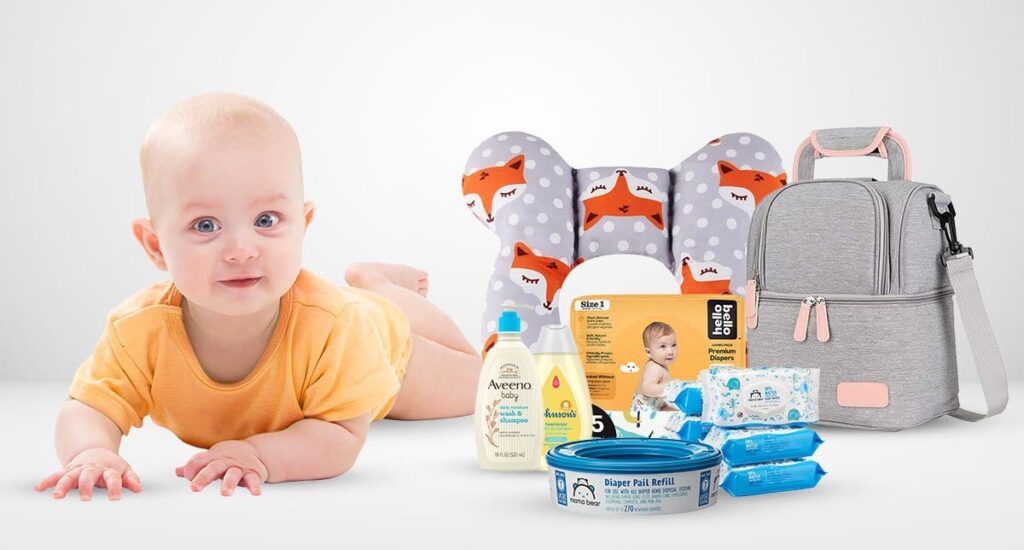 There is consistent demand on the Amazon store for baby products, including:
[su_note note_color="#dbeafc"]
There is consistent demand on the Amazon store for baby products, including:
[su_note note_color="#dbeafc"]
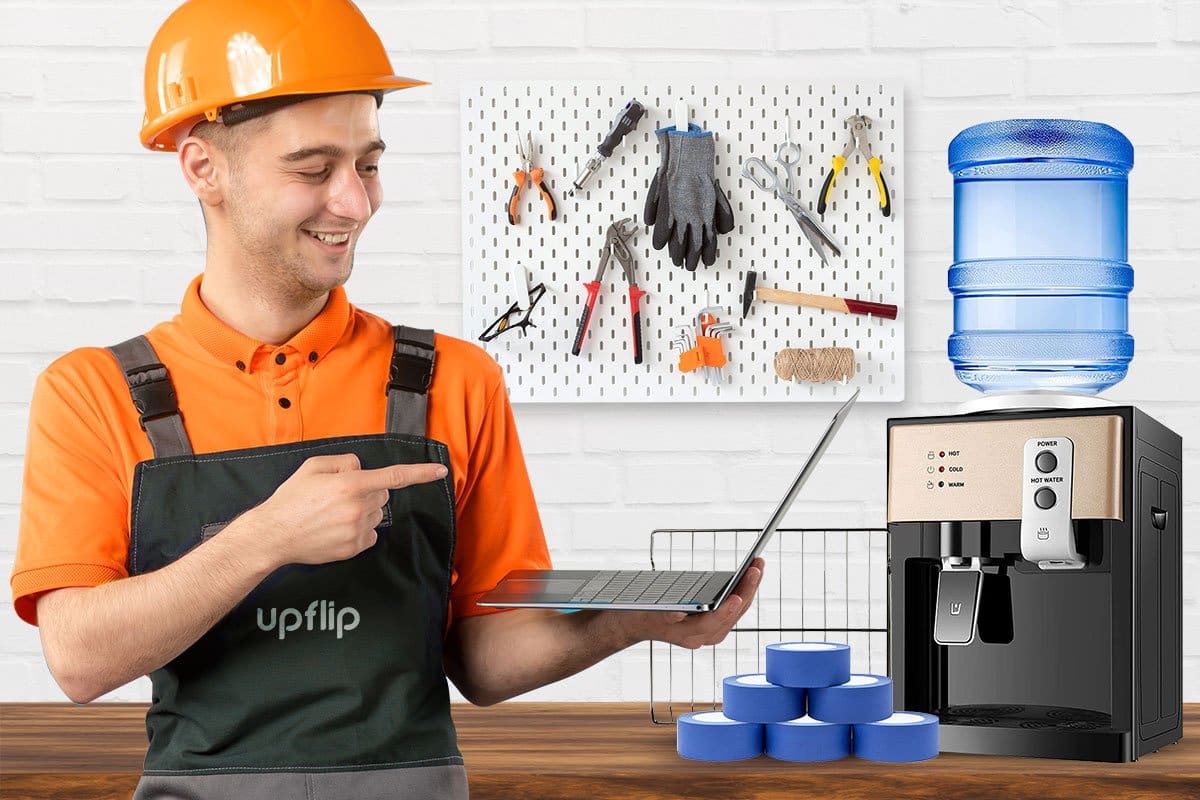 The tools and home improvement category has consistent sales in:
[su_note note_color="#dbeafc"]
[/su_note]
If you start selling these products, you won’t be competing with many other sellers.
The tools and home improvement category has consistent sales in:
[su_note note_color="#dbeafc"]
[/su_note]
If you start selling these products, you won’t be competing with many other sellers.
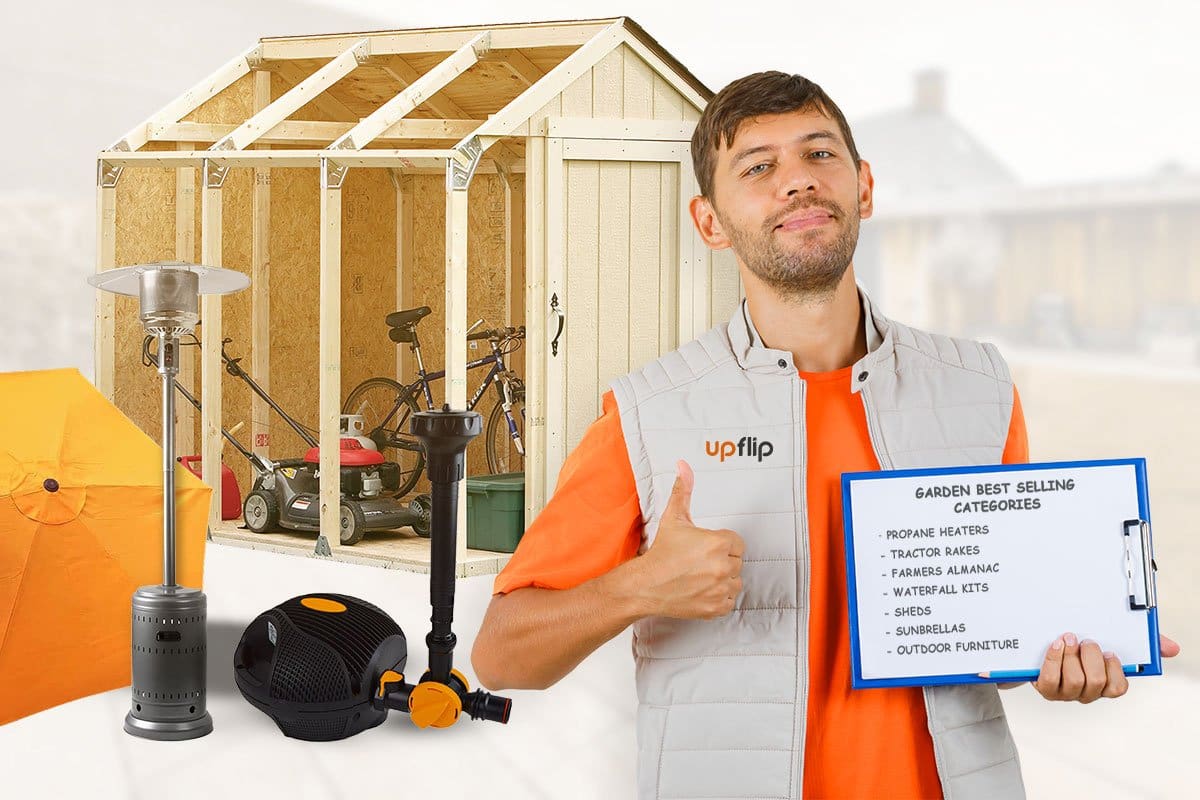 Surprisingly, all the easy keywords were about trapping mice and rats habitating in your garden. If you look at the best sellers in Amazon Marketplace, you find a completely different story. The garden best-selling categories include items like:
[su_note note_color="#dbeafc"]
[/su_note]
Surprisingly, all the easy keywords were about trapping mice and rats habitating in your garden. If you look at the best sellers in Amazon Marketplace, you find a completely different story. The garden best-selling categories include items like:
[su_note note_color="#dbeafc"]
[/su_note]
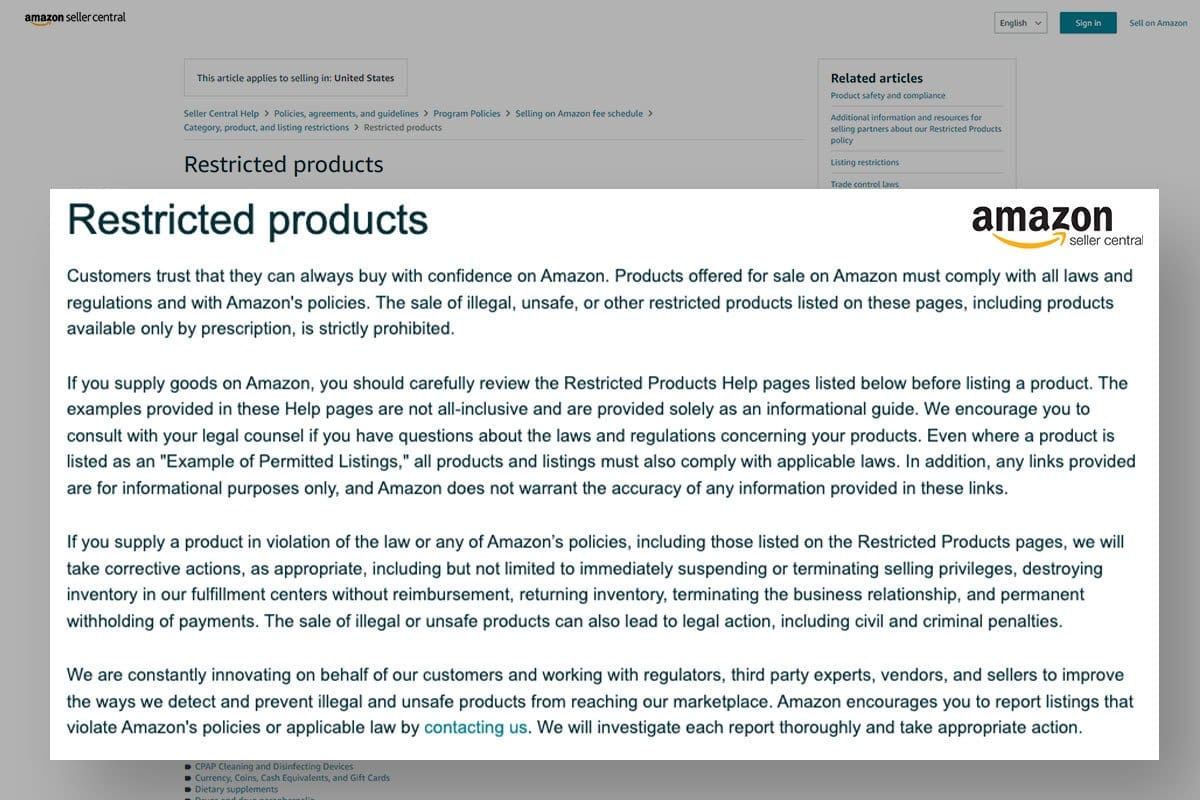 At this point, you know everything you could possibly want to know about top selling Amazon products, but what about Amazon seller restrictions?
Restricted products on Amazon include 41 categories. For some categories you can’t sell at all, and for others you have to follow specific rules. Just make sure you read the rules for each category in which you sell. Review Amazon’s restricted categories page before selling stuff on Amazon.
At this point, you know everything you could possibly want to know about top selling Amazon products, but what about Amazon seller restrictions?
Restricted products on Amazon include 41 categories. For some categories you can’t sell at all, and for others you have to follow specific rules. Just make sure you read the rules for each category in which you sell. Review Amazon’s restricted categories page before selling stuff on Amazon.
 An Amazon best seller rank compares the current sales and the sales history. If a product is ranked #1, it means that it is the most sold item on Amazon in that category during the specific hour. The most bought items on Amazon may be shown for the entirety of Amazon, but each store also shows their trending items on Amazon.
An Amazon best seller rank compares the current sales and the sales history. If a product is ranked #1, it means that it is the most sold item on Amazon in that category during the specific hour. The most bought items on Amazon may be shown for the entirety of Amazon, but each store also shows their trending items on Amazon.

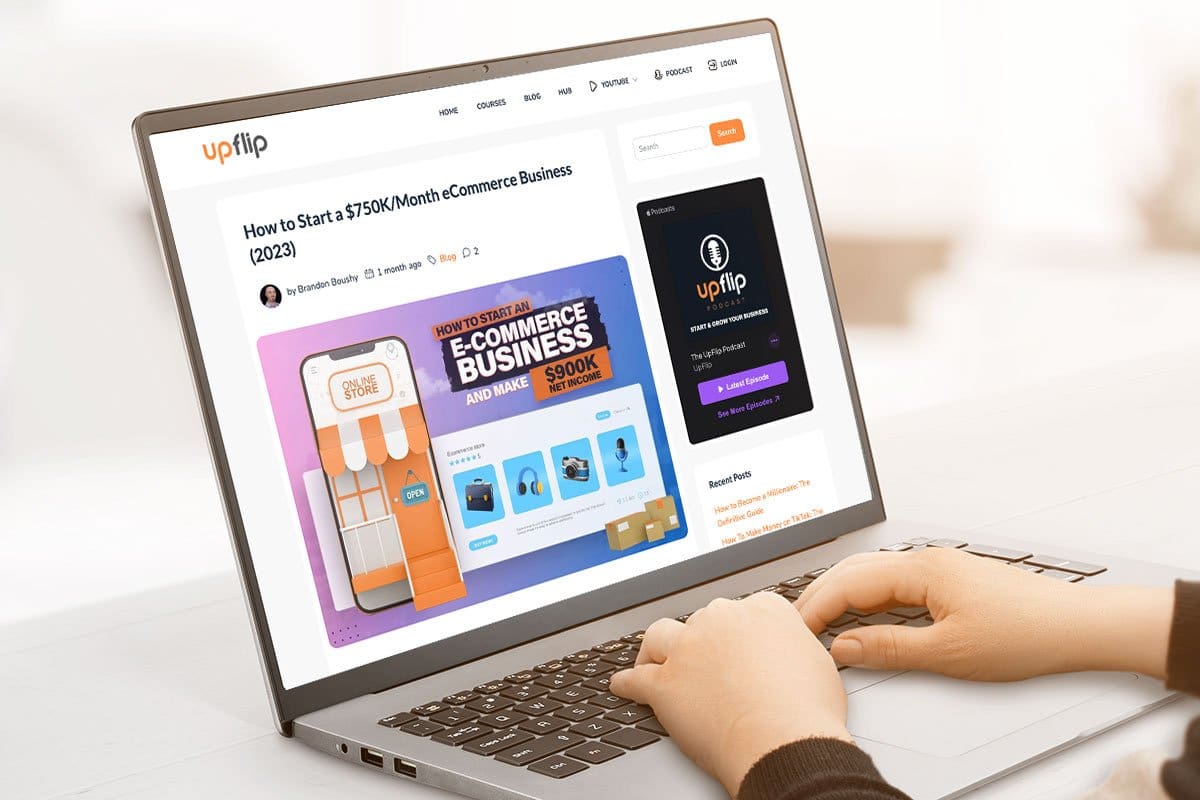 Once you perform product research and decide what items to sell online, You’ll need to perform keyword research to find:
Once you perform product research and decide what items to sell online, You’ll need to perform keyword research to find:
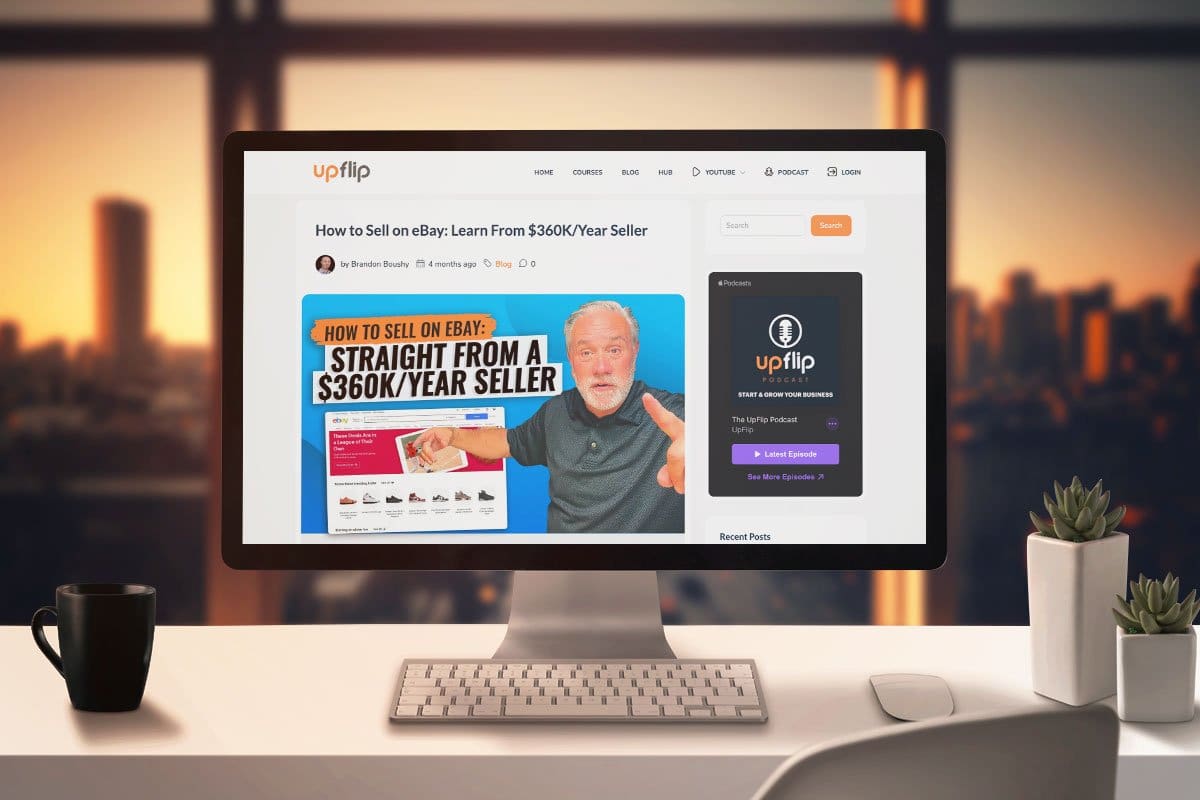 Retail arbitrage is a method of finding products that are being sold at a lower price at one site or retailer, buying them all, and then selling them somewhere else.
Many of the best things to sell on Amazon may be discontinued or limited edition items. Amazon top sellers can often buy trending products at retail prices, mark them up, and then make two or three times the manufacturer’s suggested retail price.
These items become trending products on Amazon and other e-commerce platforms. Learn more about an eBay seller’s retail arbitrage tricks and try them with Amazon trending products.
Retail arbitrage is a method of finding products that are being sold at a lower price at one site or retailer, buying them all, and then selling them somewhere else.
Many of the best things to sell on Amazon may be discontinued or limited edition items. Amazon top sellers can often buy trending products at retail prices, mark them up, and then make two or three times the manufacturer’s suggested retail price.
These items become trending products on Amazon and other e-commerce platforms. Learn more about an eBay seller’s retail arbitrage tricks and try them with Amazon trending products.
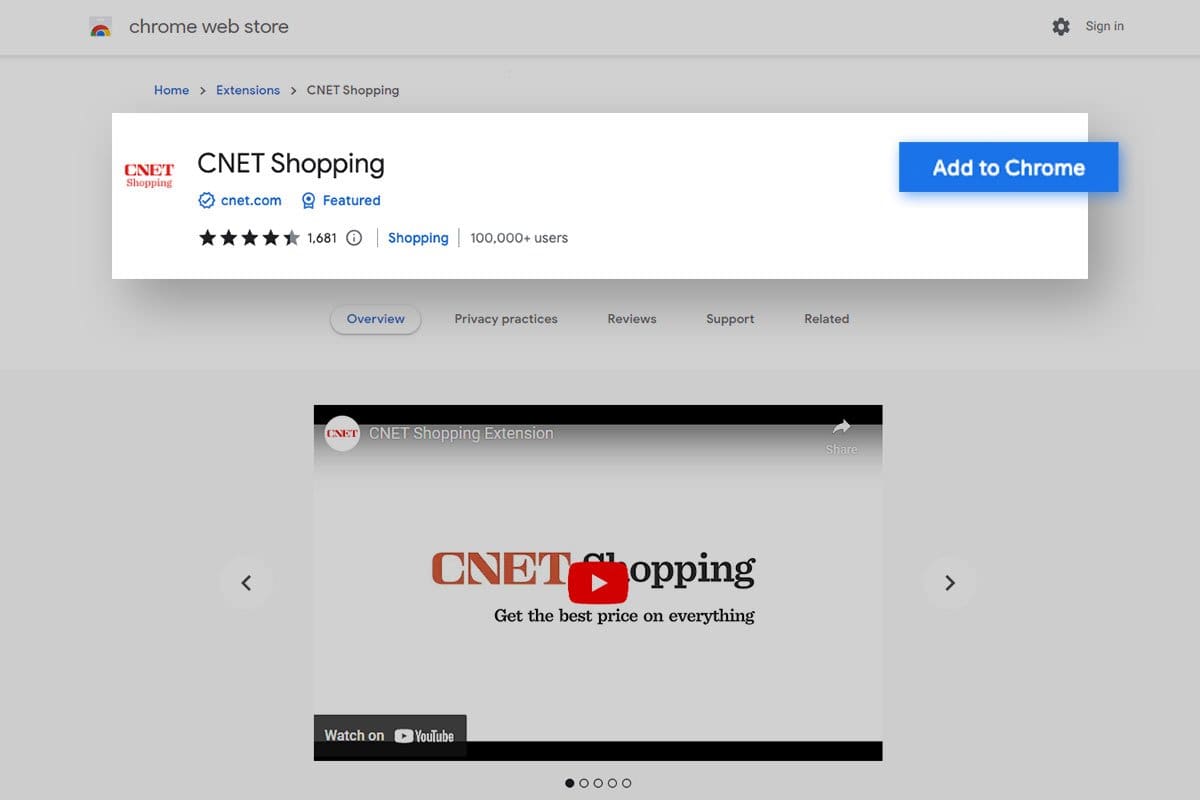 Another place to find best selling products is on other websites. You can use a tool like CNET shopping extension to find places online that sell a product for a lower price.
Another place to find best selling products is on other websites. You can use a tool like CNET shopping extension to find places online that sell a product for a lower price.
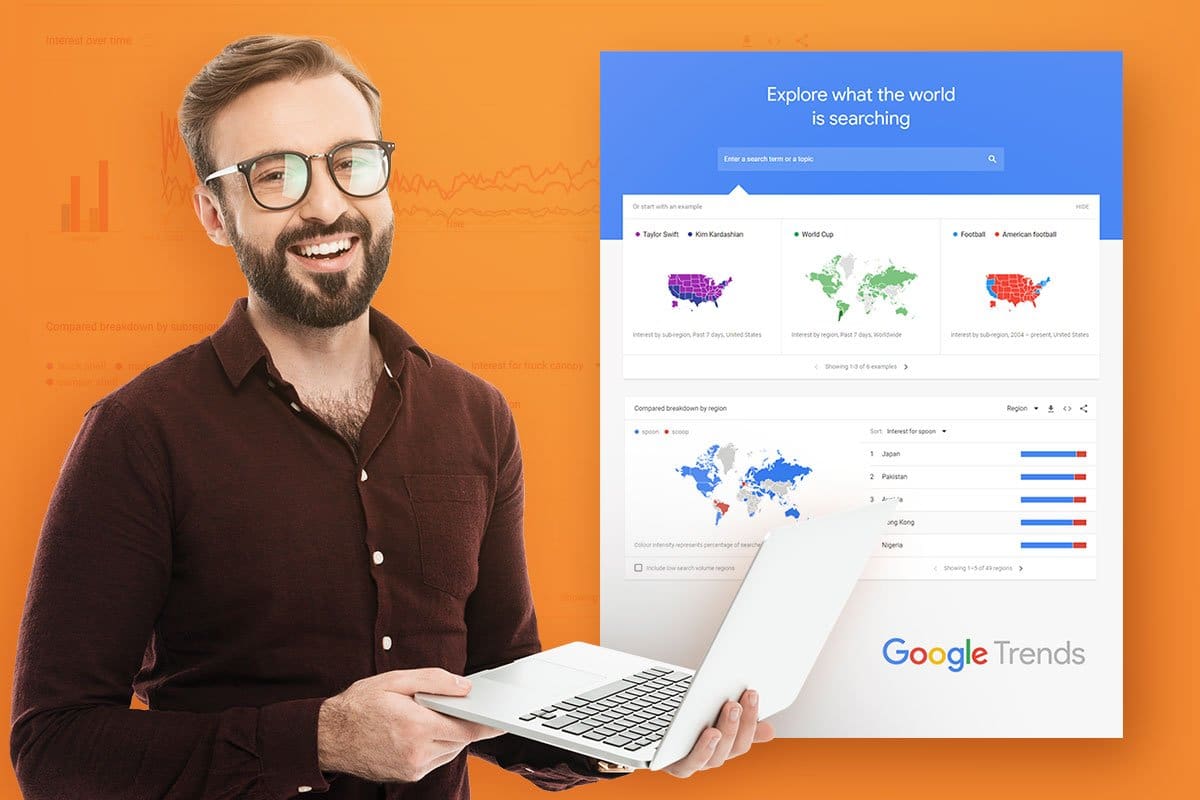 Google Trends shows you what is trending on the world’s largest search engine. Trends on Google can soon become some of the best products on Amazon. Just be aware that the Amazon best selling products change fast.
Make sure to check whether the hot items to sell on Amazon are short-term or cyclical. A celebrity blooper is probably short-term, while NFL merchandise is cyclical because it will have another season the next year.
Google Trends shows you what is trending on the world’s largest search engine. Trends on Google can soon become some of the best products on Amazon. Just be aware that the Amazon best selling products change fast.
Make sure to check whether the hot items to sell on Amazon are short-term or cyclical. A celebrity blooper is probably short-term, while NFL merchandise is cyclical because it will have another season the next year.
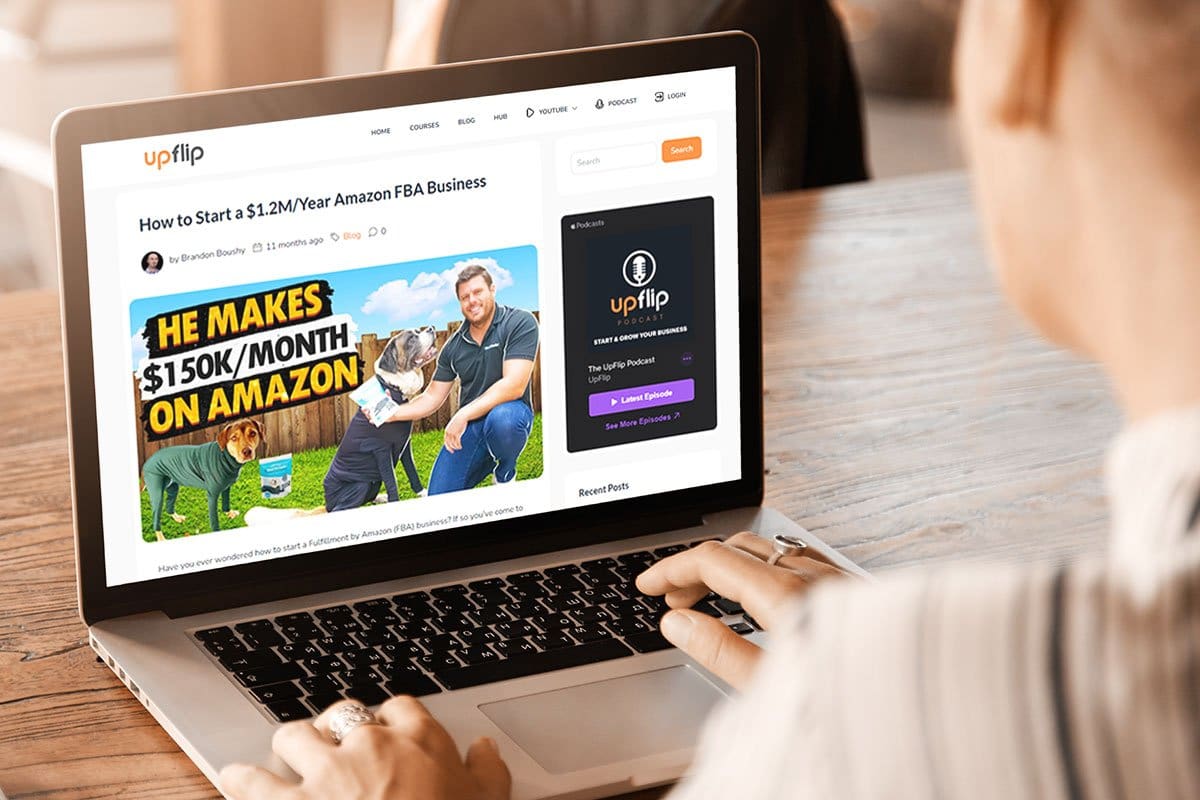 New sellers will want to consider using Fulfillment by Amazon (FBA). Both Ryan and Casey use Amazon FBA. Ryan told us:
[su_quote]When you sell Amazon through FBA your products become Prime eligible.[/su_quote]
The top sellers on Amazon typically use this strategy because it improves their shipping costs, customer service, and click-through rate.
Most products will work well with Amazon FBA, but larger products can get more costly quickly because of the storage costs and shipping fees. We discuss this strategy in our FBA blog.
New sellers will want to consider using Fulfillment by Amazon (FBA). Both Ryan and Casey use Amazon FBA. Ryan told us:
[su_quote]When you sell Amazon through FBA your products become Prime eligible.[/su_quote]
The top sellers on Amazon typically use this strategy because it improves their shipping costs, customer service, and click-through rate.
Most products will work well with Amazon FBA, but larger products can get more costly quickly because of the storage costs and shipping fees. We discuss this strategy in our FBA blog.
 In case you’ve forgotten, Amazon started as a bookseller. Needless to say, one of the best products to sell on Amazon is books. You can sell books as ebooks and paperbacks. This service is called Amazon Kindle Direct Publishing or (Amazon KDP).
In case you’ve forgotten, Amazon started as a bookseller. Needless to say, one of the best products to sell on Amazon is books. You can sell books as ebooks and paperbacks. This service is called Amazon Kindle Direct Publishing or (Amazon KDP).
 Buying from dropshippers can be a good way to get Amazon top-selling items. When you work with a dropshipper, you are mostly focused on the keywords and marketing for the top Amazon products. The dropshipping company will ship the products once you pay for the things you sell on Amazon.
Buying from dropshippers can be a good way to get Amazon top-selling items. When you work with a dropshipper, you are mostly focused on the keywords and marketing for the top Amazon products. The dropshipping company will ship the products once you pay for the things you sell on Amazon.
 A private label requires designing your own products with the help of a manufacturer. You can talk to manufacturers on Alibaba or AliExpress to find suppliers that can help you create things to sell on Amazon. There are also locations in the U.S., but they are normally best for product development and small order sizes. Learn about manufacturing before you engage with a manufacturer.
A private label requires designing your own products with the help of a manufacturer. You can talk to manufacturers on Alibaba or AliExpress to find suppliers that can help you create things to sell on Amazon. There are also locations in the U.S., but they are normally best for product development and small order sizes. Learn about manufacturing before you engage with a manufacturer.
 Let's start with an overall view of the pet care services industry.
Let's start with an overall view of the pet care services industry.
 Research if Professional Pet Boarding Certification (PPBC) might help you achieve credibility in your desired market.
Other certification programs are available through the IBPSA, NAPPS, and NDGAA.
After all, earning a certificate from a respected organization could be a good selling point to set you apart from the local competition. It makes sense, right?
Research if Professional Pet Boarding Certification (PPBC) might help you achieve credibility in your desired market.
Other certification programs are available through the IBPSA, NAPPS, and NDGAA.
After all, earning a certificate from a respected organization could be a good selling point to set you apart from the local competition. It makes sense, right?
 Gain experience by jumping at the chance to:
Gain experience by jumping at the chance to:
 Larry and his wife started small. Initially, they sat pets and walked dogs for extra income. Two decades later, they invested $700k to open a larger location to serve as a local “community center for pets.”
Please keep it simple by registering with a service like Rover.com, a bookings portal for sitters and dog walkers. Also, read this article on how to start a pet sitting business.
Larry and his wife started small. Initially, they sat pets and walked dogs for extra income. Two decades later, they invested $700k to open a larger location to serve as a local “community center for pets.”
Please keep it simple by registering with a service like Rover.com, a bookings portal for sitters and dog walkers. Also, read this article on how to start a pet sitting business.
 You’re super excited about the idea of making tons of fluffy friends, right?
So, let’s document a plan to put this idea in motion. A business plan is crucial, and we have advice and resources to help.
You’re super excited about the idea of making tons of fluffy friends, right?
So, let’s document a plan to put this idea in motion. A business plan is crucial, and we have advice and resources to help.
 Remember branding when choosing a name because it's like a shiny label your business wears to distinguish itself from others.
Ask yourself how your name will look on a logo or graphics and an image you might incorporate that complements your selected moniker. Learn more in the sales and marketing section (Step 13) of this guide.
Remember branding when choosing a name because it's like a shiny label your business wears to distinguish itself from others.
Ask yourself how your name will look on a logo or graphics and an image you might incorporate that complements your selected moniker. Learn more in the sales and marketing section (Step 13) of this guide.
| Type | Description |
| Sole proprietorship | The easiest option, but doesn’t protect personal assets. |
| Limited liability corporation | Protects personal assets and provides tax advantages but has time-consuming administrative requirements. |
| Franchise | It’s an agreement to sell services for a franchisor in exchange for an already established business, sort of like a pre-assembled doghouse. |
| Corporation or partnership | A less likely option because most pet boarding businesses employ fewer than 50 people. Learn more on Investopedia. |

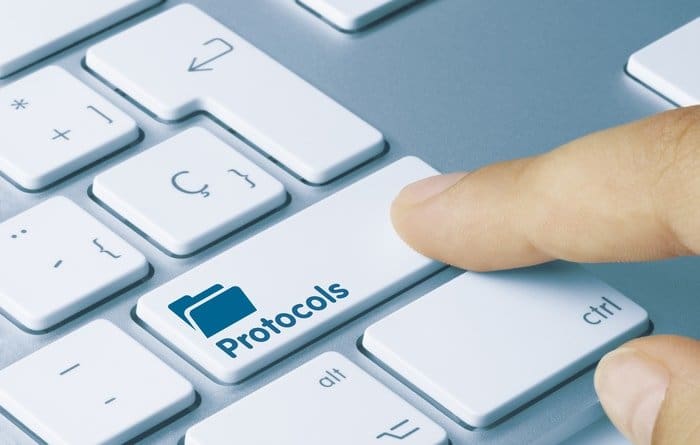 The most important part of dog boarding is keeping your furry guests safe and healthy. After all, that’s why their owners brought them to you. The safety of you and your staff is also a top priority.
The most important part of dog boarding is keeping your furry guests safe and healthy. After all, that’s why their owners brought them to you. The safety of you and your staff is also a top priority.
 It’s time to talk finances. Ambling in this area will prevent your kennel business from covering the ground it needs to succeed. Let me explain.
It’s time to talk finances. Ambling in this area will prevent your kennel business from covering the ground it needs to succeed. Let me explain.
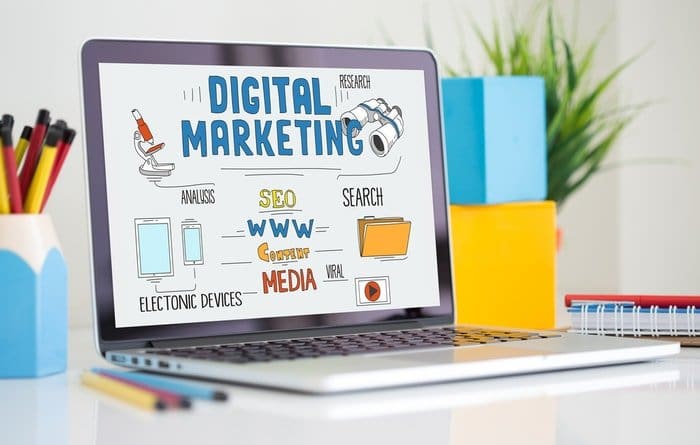
 After mapping your processes, set expectations of acceptable and prohibited behavior (by staff and customers) with clearly written policies centered around topics such as:
After mapping your processes, set expectations of acceptable and prohibited behavior (by staff and customers) with clearly written policies centered around topics such as:
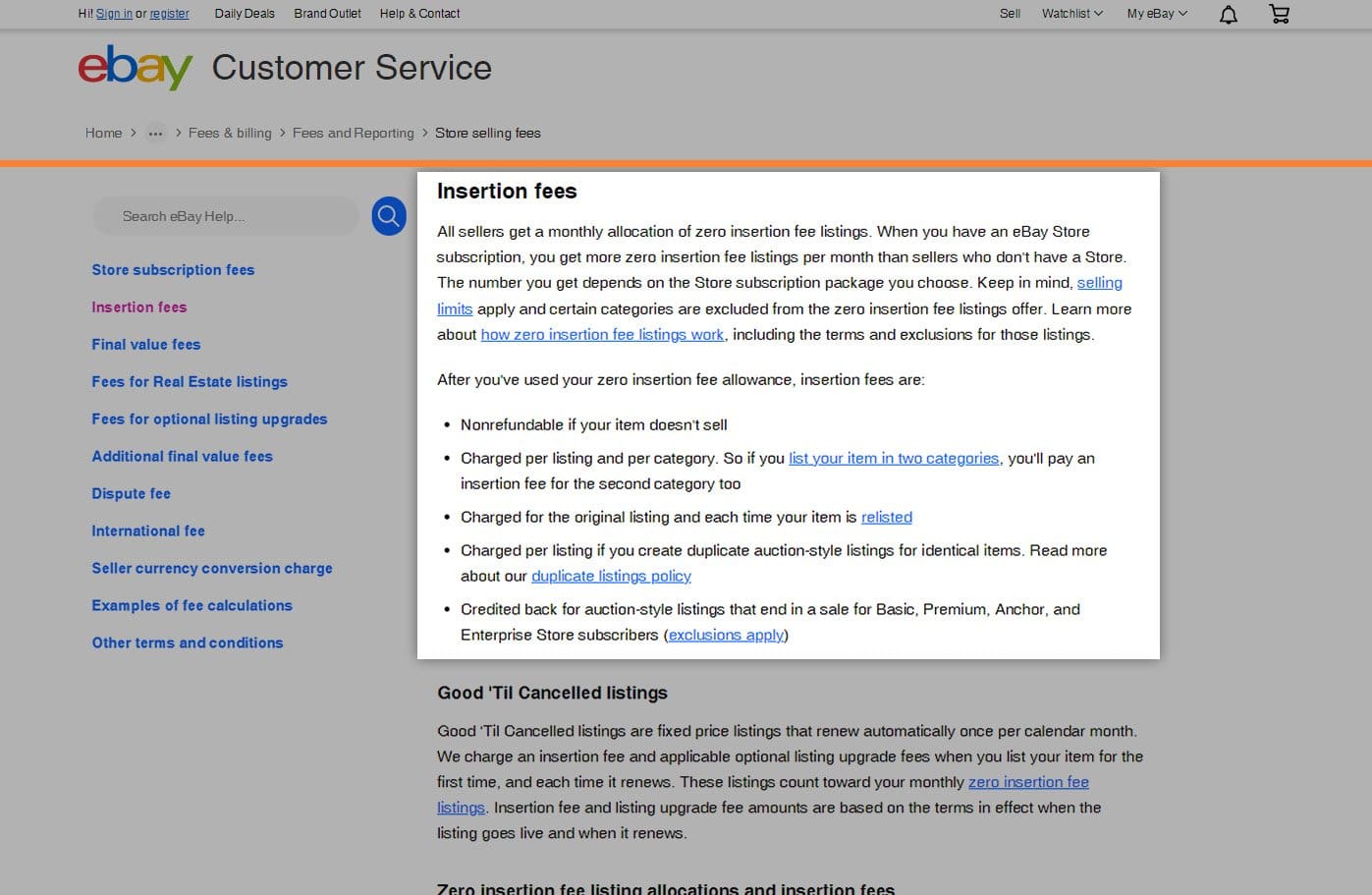 Starting an eBay store is free. As of January 2023, you can currently list up to 250 items each month at no charge, but eBay may change its terms over time. You can get subscriptions that come with more features for prices ranging from $4.95 per month to $2,995 per month. There are five levels:
Starting an eBay store is free. As of January 2023, you can currently list up to 250 items each month at no charge, but eBay may change its terms over time. You can get subscriptions that come with more features for prices ranging from $4.95 per month to $2,995 per month. There are five levels:
| EBAY Subscription Plans | |||||
| Starter | Basic | Premium | Anchor | Enterprise | |
| Yearly subscription converted to monthly rate | $4.95 | $21.95 | $59.95 | $299.95 | $2,999.95 |
| Monthly subscription | $7.95 | $27.95 | $74.95 | $349.95 | - |
| Free fixed price insertions | 250 /mo | 1,000 /mo | 10,000 /mo | 25,000 /mo | 100,000 /mo |
| Free auctions in Collectibles and Fashion | 250 /mo | 250 /mo | 500 /mo | 1,000 /Mo | 2,500 /mo |
| Additional fixed price insertion | $0.30 | $0.25 | $0.10 | $0.05 | $0.05 |
| Additional auction insertion | $0.30 | $0.25 | $0.15 | $0.10 | $0.10 |
| Final Value Fee | 3.0% - 15.00% | 2.5% - 15.00% | 2.5% - 15.00% | 2.5% - 15.00% | 2.5% - 15.00% |
| Insertion fee credits for auction-style items that sell | not included | Yes | Yes | Yes | Yes |
| Promotions Manager | Yes | Yes | Yes | Yes | Yes |
| Markdown Manager | Yes | Yes | Yes | Yes | Yes |
| Subscriber discounts | Yes | Yes | Yes | Yes | Yes |
| Store home page | Yes | Yes | Yes | Yes | Yes |
| Link to eBay Store on listings | Yes | Yes | Yes | Yes | Yes |
| Terapeak sourcing insights | not included | Yes | Yes | Yes | Yes |
| Dedicated customer support | not included | not included | not included | Yes | Yes |
| 10,000 fixed price listing allowance with zero insertion fee | not included | not included | not included | not included | $250.00 /mo |
| 50,000 fixed price listing allowance with zero insertion fee | not included | not included | not included | not included | $1,000.00 /mo |
| Best for sellers who | Best for sellers who have a handful of products and want a storefront to brand and promote their business. | Unlock more zero insertion fee listings, Final Value Fee discounts, and a coupon for eBay-branded shipping supplies each quarter. | If you have an extensive product assortment, a Premium Store subscription gives you substantially more zero insertion fee listings. | For high volume sellers who have an extensive product catalog or are running a business that would benefit from dedicated customer support. | For high volume sellers who have an extensive product catalog or are running a business that would benefit from dedicated customer support. |
| Eligibility | Have an eBay seller account. | ||||
 This is a complicated question. You are ultimately charging the customer for the shipping costs when you include a shipping price or if you offer free shipping. Even though the customer covers the cost, you are actually the one who pays UPS, FedEx, or USPS for the shipping cost. Learn more about eBay shipping.
Mike told us:
[su_quote]People generally make their mistakes with shipping.[/su_quote]
He also told us:
[su_quote]I add my time and packaging costs to shipping to make it more profitable.[/su_quote]
This is a complicated question. You are ultimately charging the customer for the shipping costs when you include a shipping price or if you offer free shipping. Even though the customer covers the cost, you are actually the one who pays UPS, FedEx, or USPS for the shipping cost. Learn more about eBay shipping.
Mike told us:
[su_quote]People generally make their mistakes with shipping.[/su_quote]
He also told us:
[su_quote]I add my time and packaging costs to shipping to make it more profitable.[/su_quote]
 It’s easiest to make eBay sales if you get the products that sell the most on eBay. The best-selling products tend to be used items like:
It’s easiest to make eBay sales if you get the products that sell the most on eBay. The best-selling products tend to be used items like:
 Pokemon cards are a popular item to sell on eBay. There are currently nearly 1.4 million Pokemon active listings by eBay sellers. The pricing ranges from $.01 in auctions to $4 million for a Pikachu Illustrator PSA 9 in mint condition. You’ll want to include the following information in the listing:
Pokemon cards are a popular item to sell on eBay. There are currently nearly 1.4 million Pokemon active listings by eBay sellers. The pricing ranges from $.01 in auctions to $4 million for a Pikachu Illustrator PSA 9 in mint condition. You’ll want to include the following information in the listing:
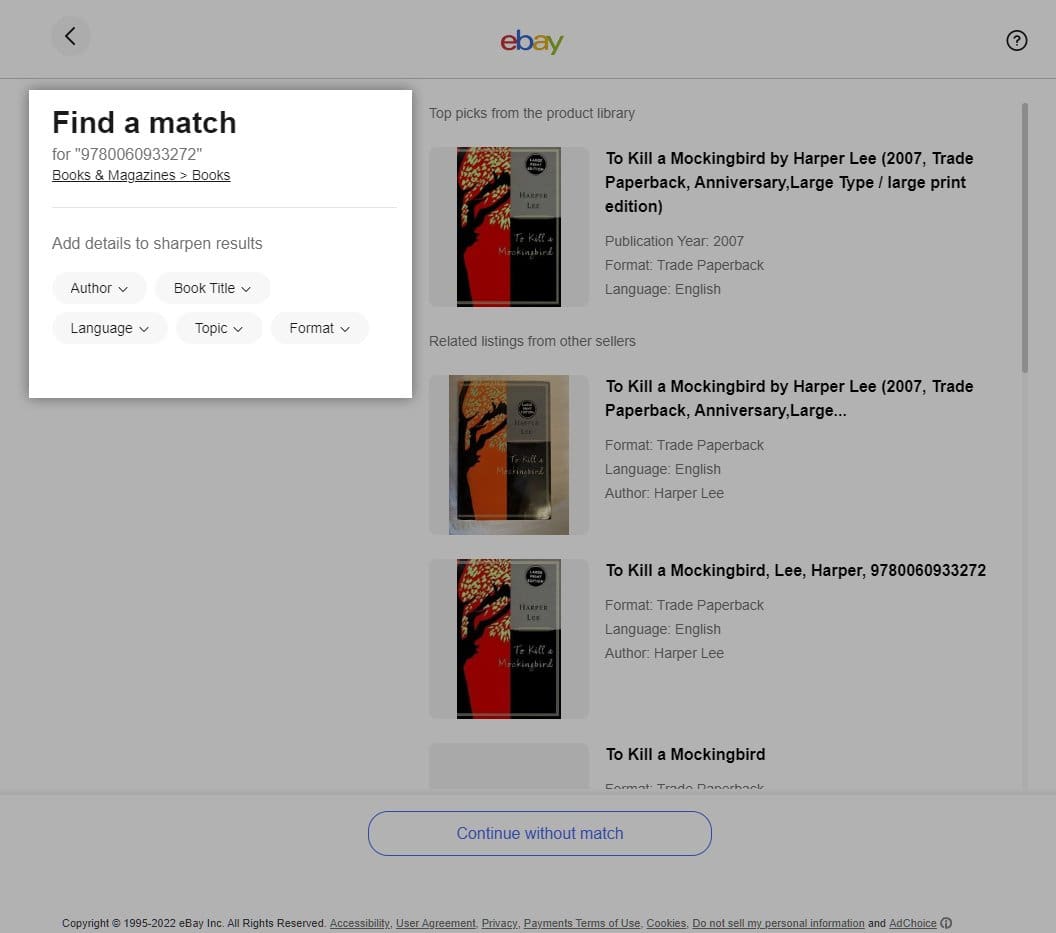 Selling books on eBay is easy because you can start with the International Standard Book Number (ISBN), a unique identifier for books. When you do this, eBay will pull up all the books with that ISBN. Here’s what it looks like. All you’ll have to do is change simple portions like the description, condition, and price.
Selling books on eBay is easy because you can start with the International Standard Book Number (ISBN), a unique identifier for books. When you do this, eBay will pull up all the books with that ISBN. Here’s what it looks like. All you’ll have to do is change simple portions like the description, condition, and price.
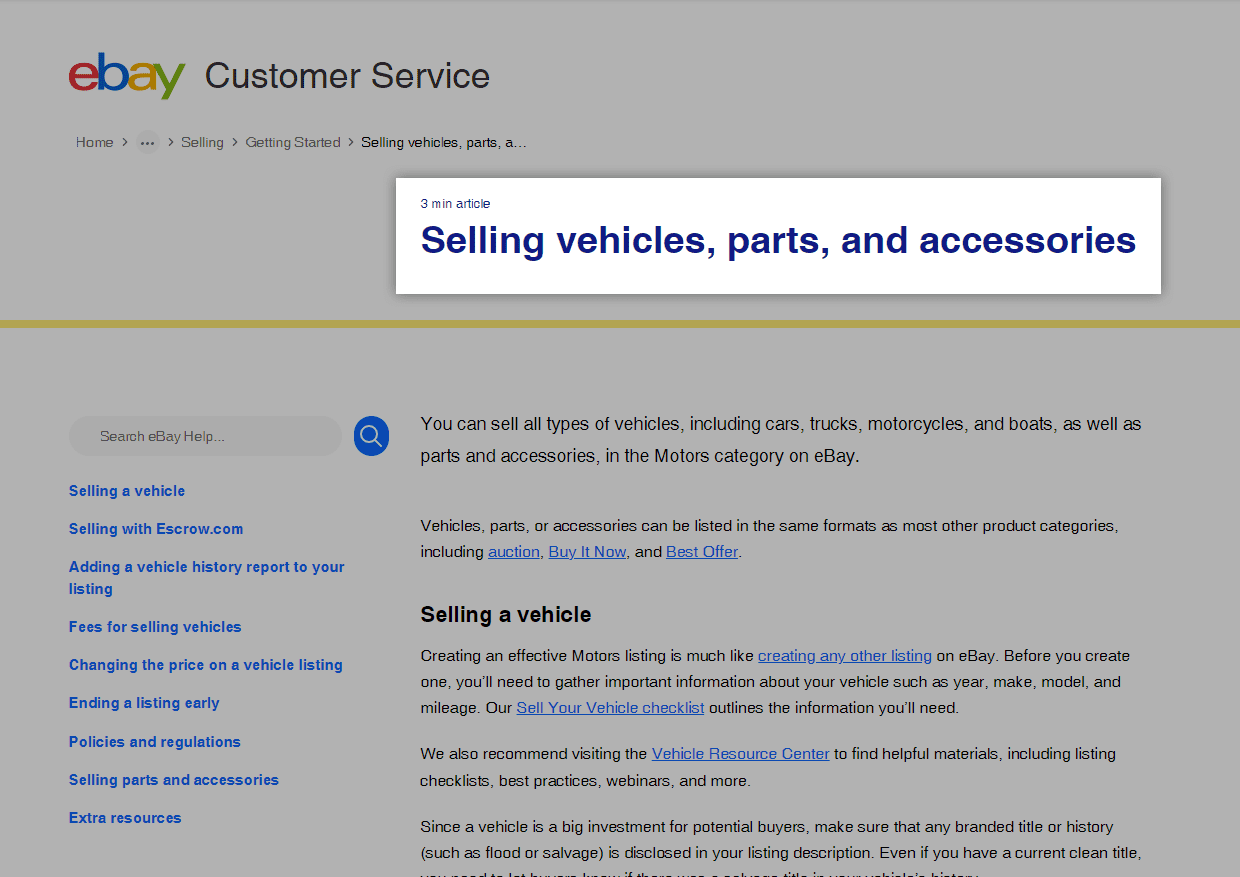 If you’ve ever wondered how to sell a car on eBay, they have a whole page dedicated to eBay used car sales. You’ll need to:
If you’ve ever wondered how to sell a car on eBay, they have a whole page dedicated to eBay used car sales. You’ll need to:
| Listing Type | Basic Package: $19 | Plus Package: $49 | Premium Package: $79 |
| Auctioned Cars | 12 photos | 18 photos | Gallery Plus upgrade |
| Auction up to 7 days | Auction up to 7 days | Auction up to 10 days | |
| AutoCheck (cars & trucks listings only) | Reserve price up to $20,000 (cars & trucks, other vehicles & trailers, and boats listings) | Unlimited Reserve price | |
| Reserve price up to $10,000 (motorcycles and powersports listings) | Add 'Buy It Now' | ||
| AutoCheck (cars & trucks listings only) | AutoCheck (cars & trucks listings only) | ||
| Bold title and subtitle upgrades | |||
| Fixed Price Cars | 12 photos | 18 photos | 24 photos |
| Duration up to 7 days | Duration up to 30 days | Gallery Plus upgrade | |
| Vehicle price up to $10,000 (cars & trucks, other vehicles & trailers, and boats listings) | Vehicle price up to $20,000 (cars & trucks, other vehicles & trailers, and boats listings) | Duration up to 30 days | |
| Vehicle price up to $5,000 (motorcycles and powersports listings) | Vehicle price up to $10,000 (motorcycles and powersports listings) | Unlimited vehicle price | |
| AutoCheck (cars & trucks listings only) | AutoCheck (cars & trucks listings only) | AutoCheck (cars & trucks listings only) | |
| Bold title and subtitle upgrades |
 Go to the eBay homepage here. Click “sign in” or “register” in the top left corner.
If you already have an account, jump to Step 3 (because you likely already know how to create an account); otherwise, go to Step 2.
Go to the eBay homepage here. Click “sign in” or “register” in the top left corner.
If you already have an account, jump to Step 3 (because you likely already know how to create an account); otherwise, go to Step 2.
 Next, you’ll confirm the information and click the “Create an account” button.
Next, you’ll confirm the information and click the “Create an account” button.
 You’ll need to fill out your contact information and submit it.
You’ll need to fill out your contact information and submit it.
 Then, go to your email and verify your new eBay account. If other pages show that you need to verify your account, go to Account Settings. You will be able to verify through there as well.
Then, go to your email and verify your new eBay account. If other pages show that you need to verify your account, go to Account Settings. You will be able to verify through there as well.
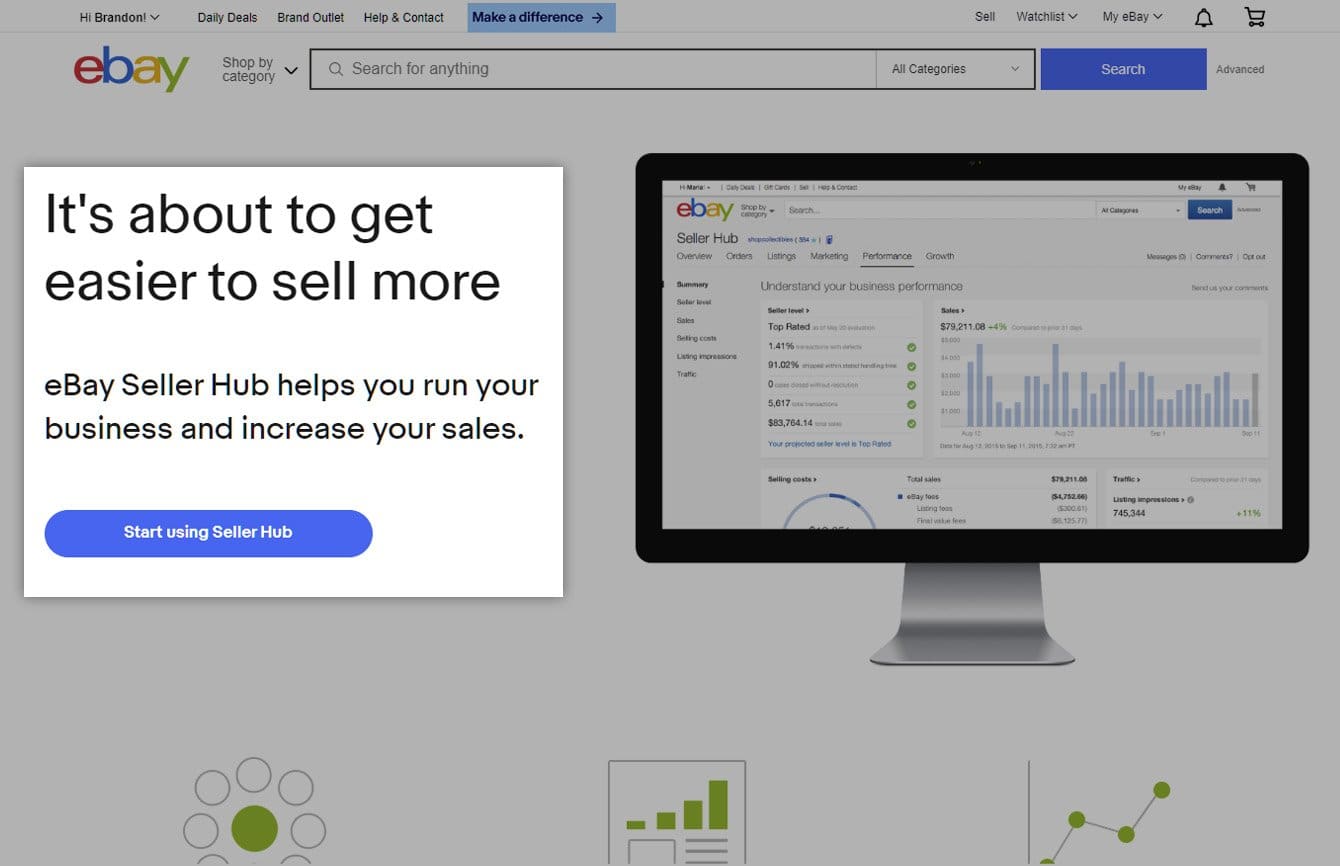 Click the “Start using Seller Hub” button, and you will go to a screen that prompts you to use the guided tutorial.
Click the “Start using Seller Hub” button, and you will go to a screen that prompts you to use the guided tutorial.
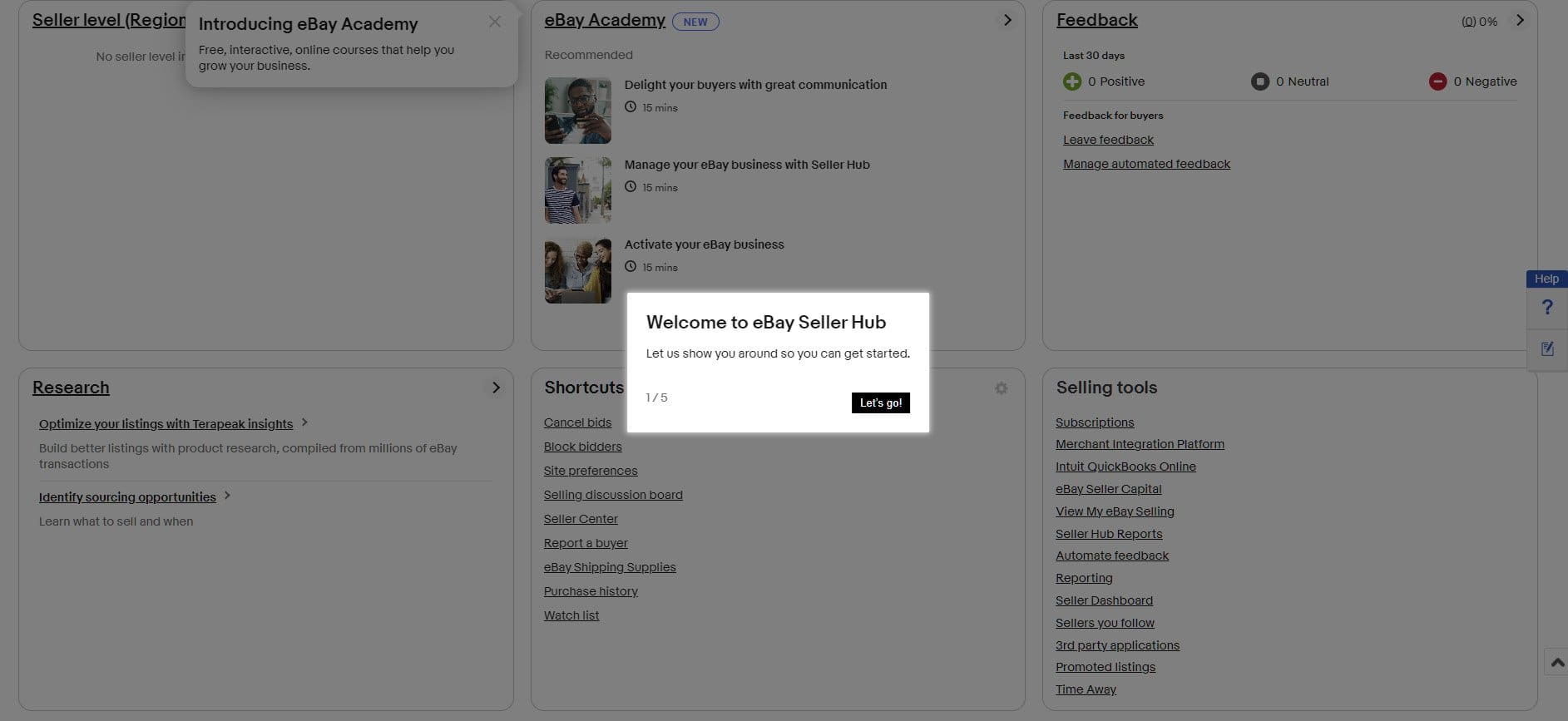
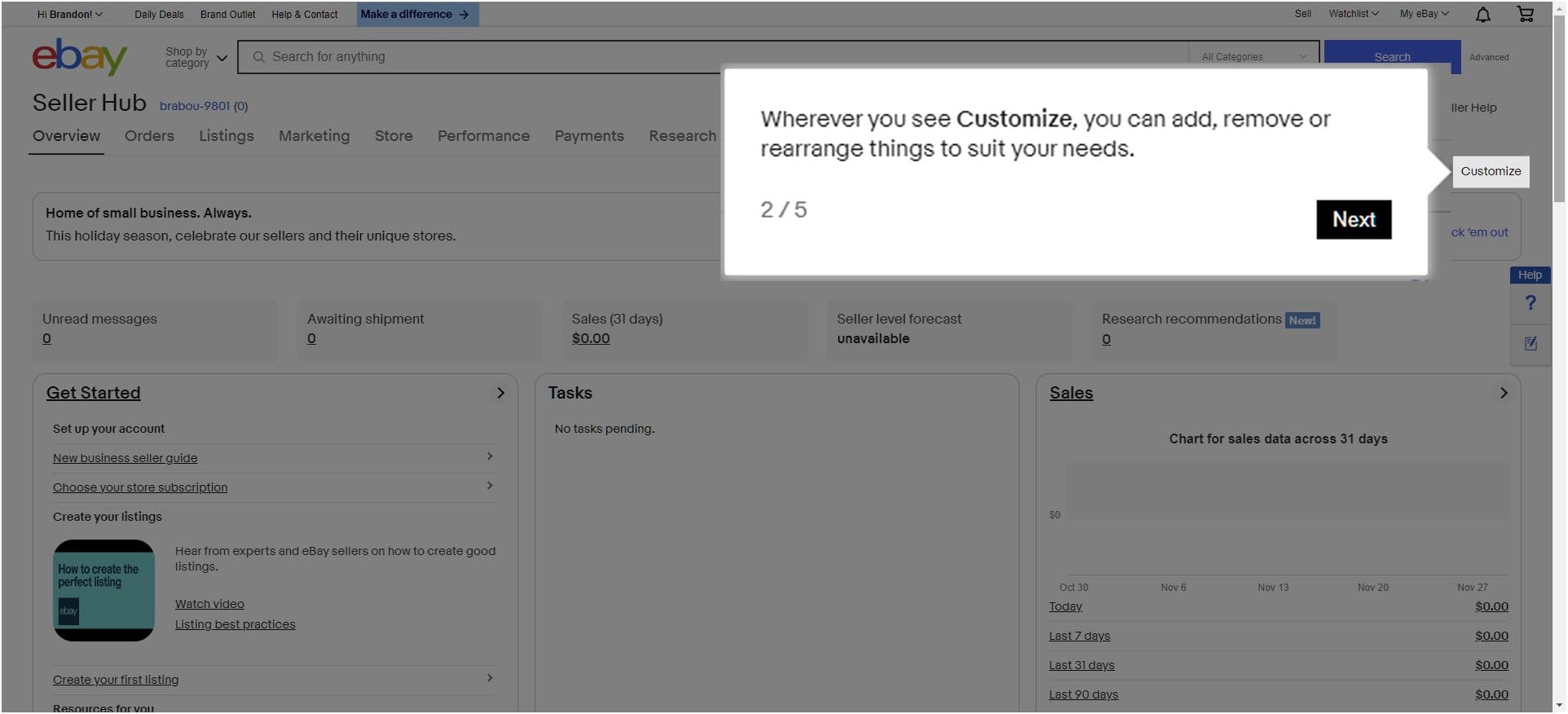 You can get by without customizing your layout for now, but once you start selling, I’d recommend setting it up with the Sales, Orders, and Feedback as the top three spaces.
You can get by without customizing your layout for now, but once you start selling, I’d recommend setting it up with the Sales, Orders, and Feedback as the top three spaces.
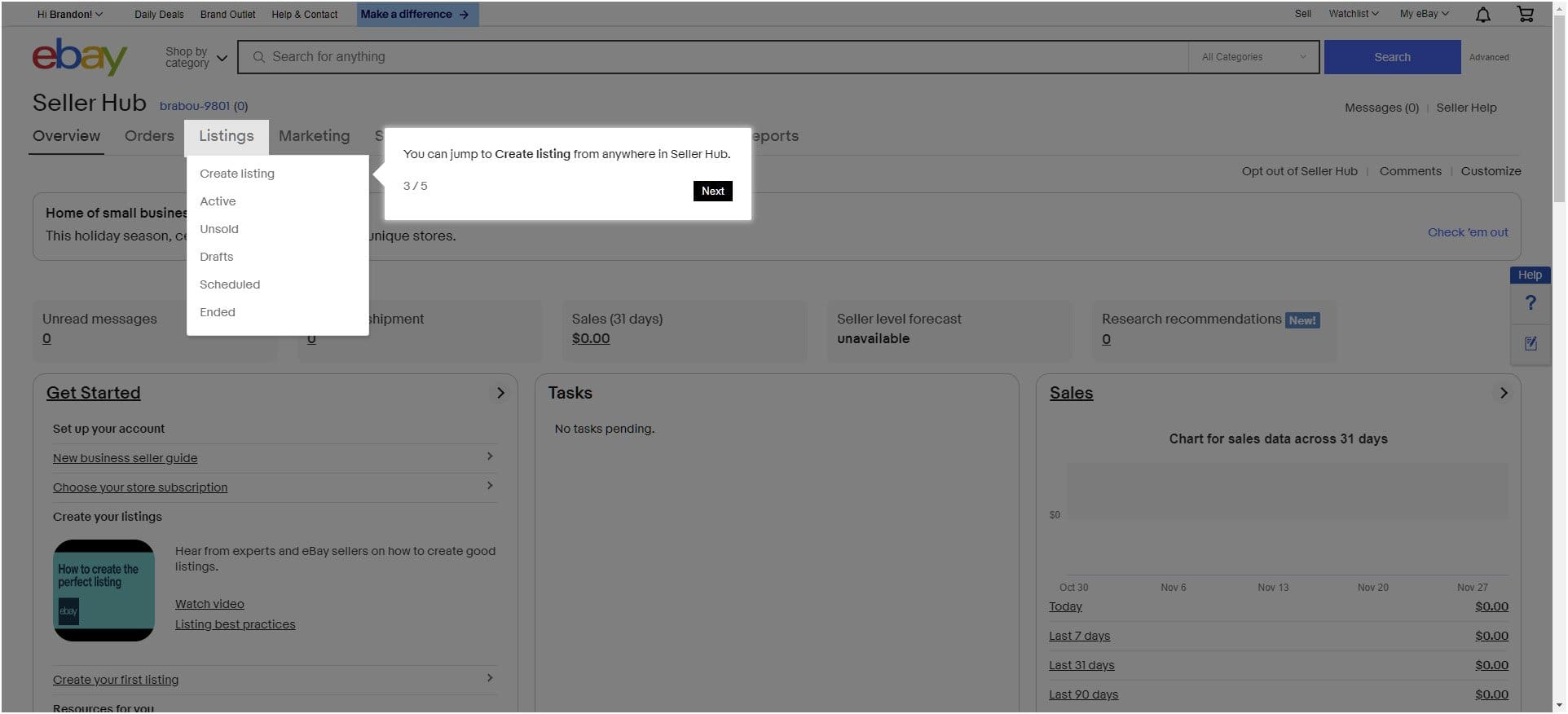 The guided walkthrough also shows you where to find orders (right next to listings in the picture above).
The guided walkthrough also shows you where to find orders (right next to listings in the picture above).

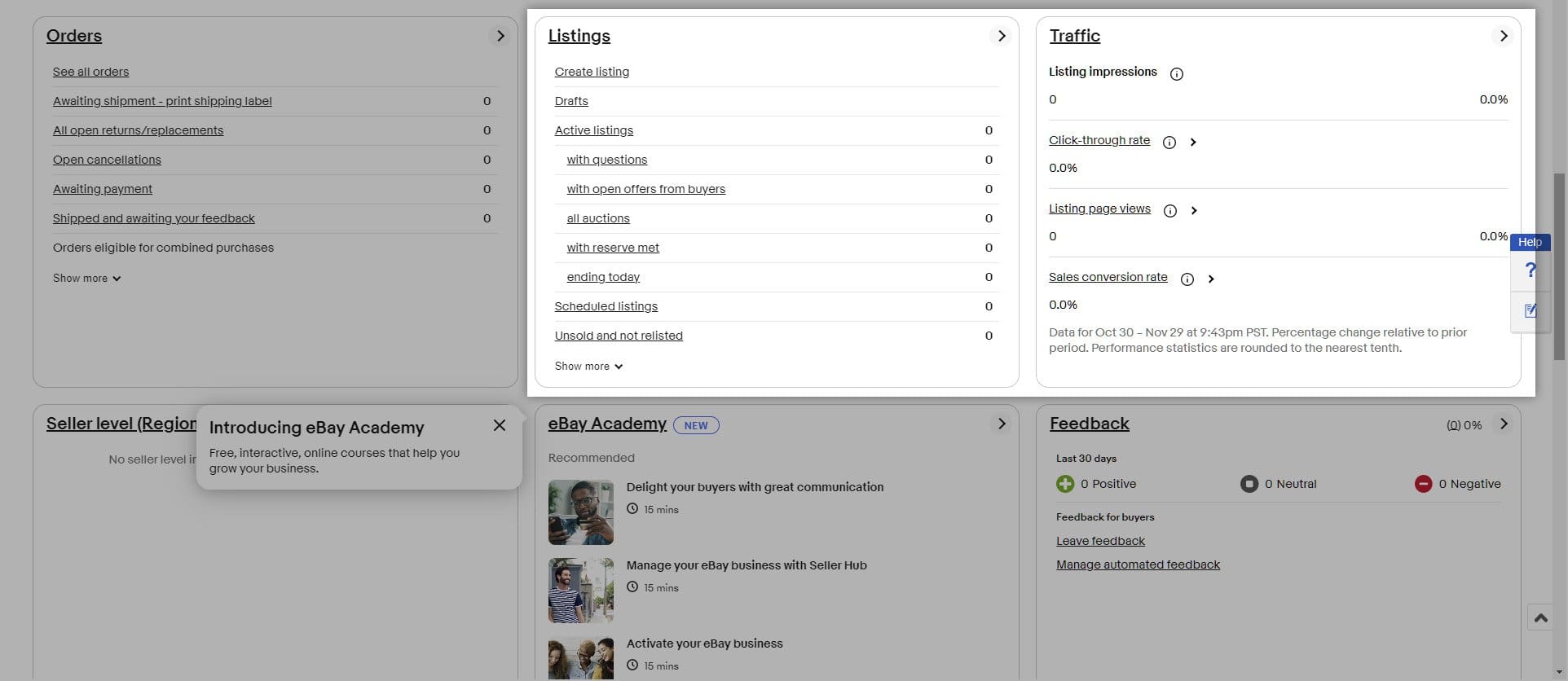 You can see the second and third rows in the picture above.
You can see the second and third rows in the picture above.

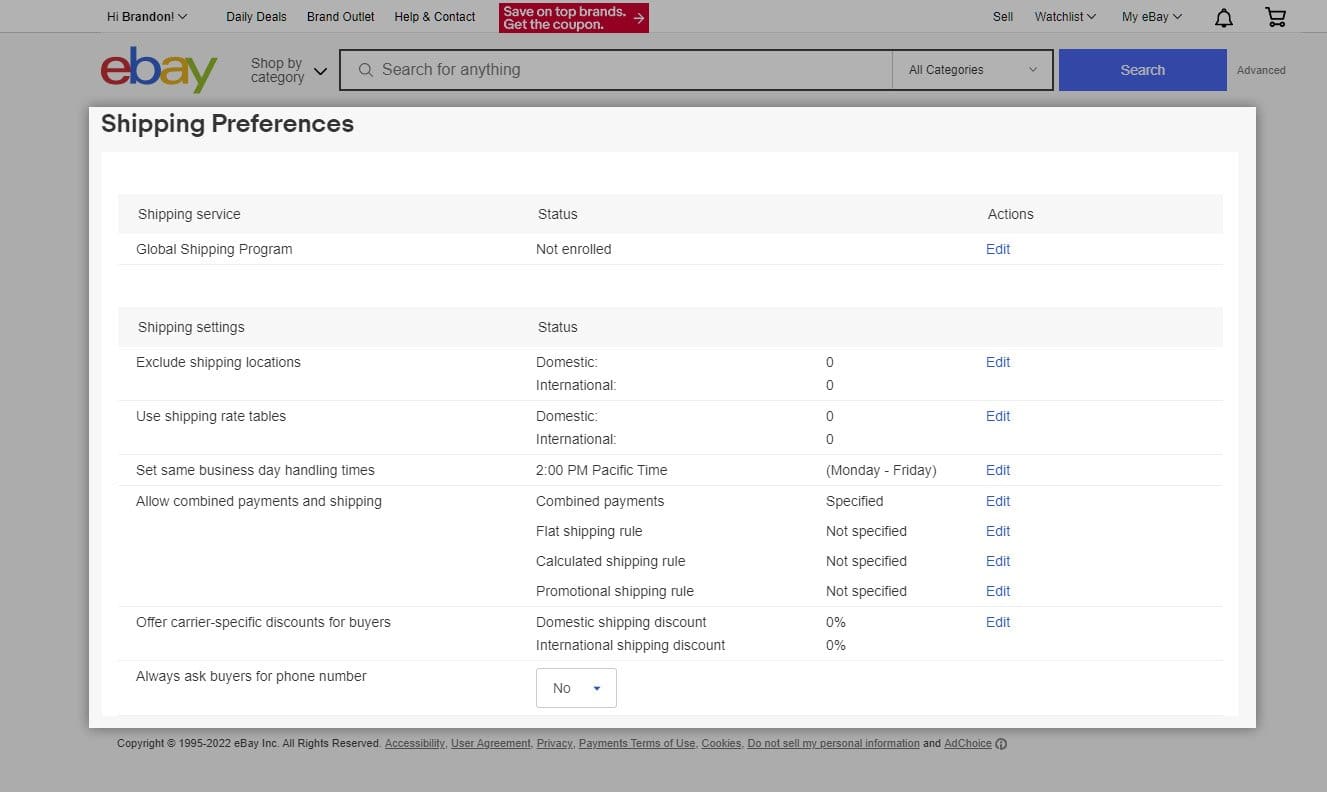 You can make the following changes:
You can make the following changes:
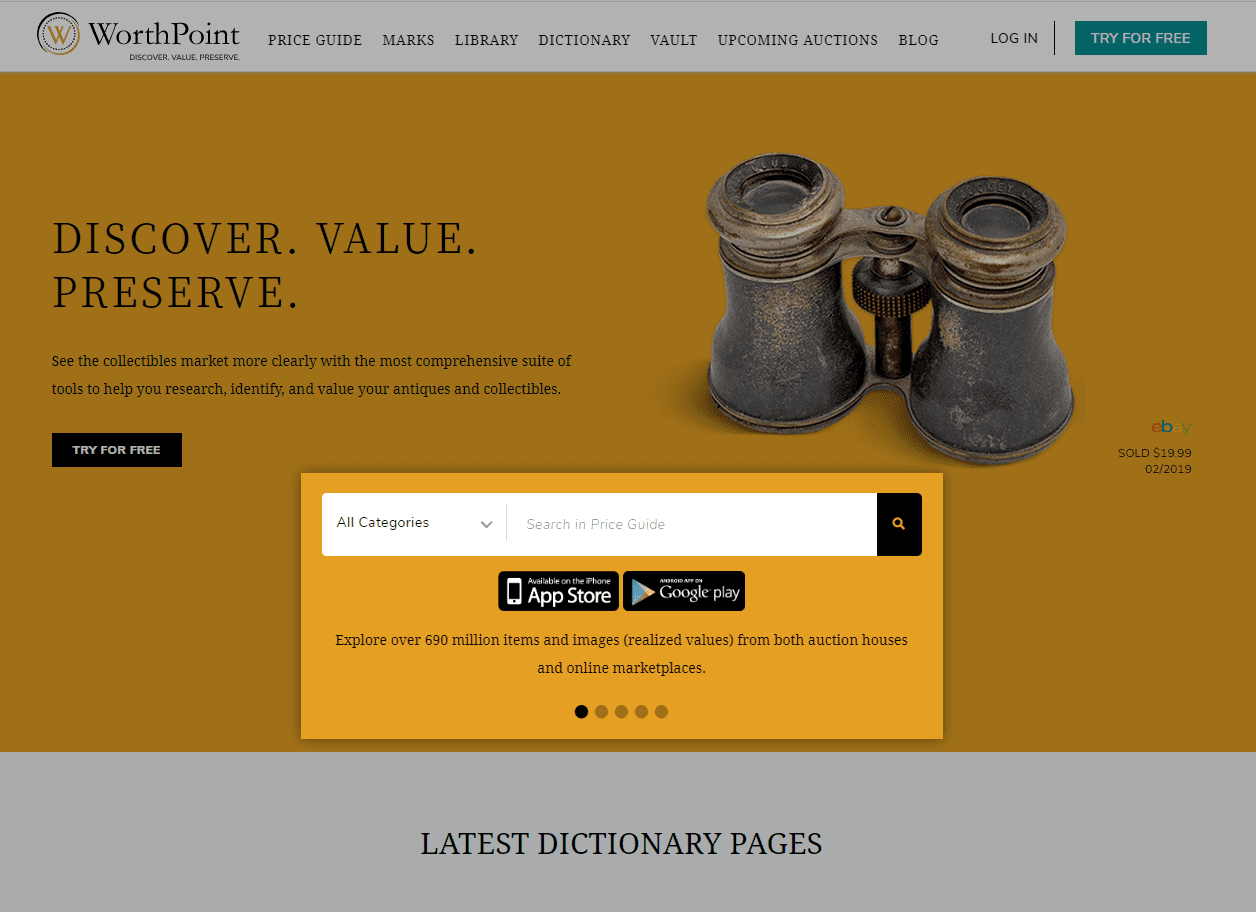 Mike suggested trying software like WorthPoint, but you can also use the eBay app to check prices on your phone. If you want to be able to calculate your profit in the field, consider using a tool like the eProfit eBay Profit Calculator on iPhone or Android.
Once you have found an item worth selling on eBay, it’s time to create your eBay listing.
Mike suggested trying software like WorthPoint, but you can also use the eBay app to check prices on your phone. If you want to be able to calculate your profit in the field, consider using a tool like the eProfit eBay Profit Calculator on iPhone or Android.
Once you have found an item worth selling on eBay, it’s time to create your eBay listing.
 eBay has a background removal tool, but it’s not that good. I personally prefer Canva’s background removal tool. It works way better than most I have tried.
eBay has a background removal tool, but it’s not that good. I personally prefer Canva’s background removal tool. It works way better than most I have tried.

 You can add up to 24 pictures for free or choose Gallery Plus for $.35. You can also add videos. eBay’s policies on pictures require:
You can add up to 24 pictures for free or choose Gallery Plus for $.35. You can also add videos. eBay’s policies on pictures require:
 Next, we’ll discuss the item categories.
Next, we’ll discuss the item categories.

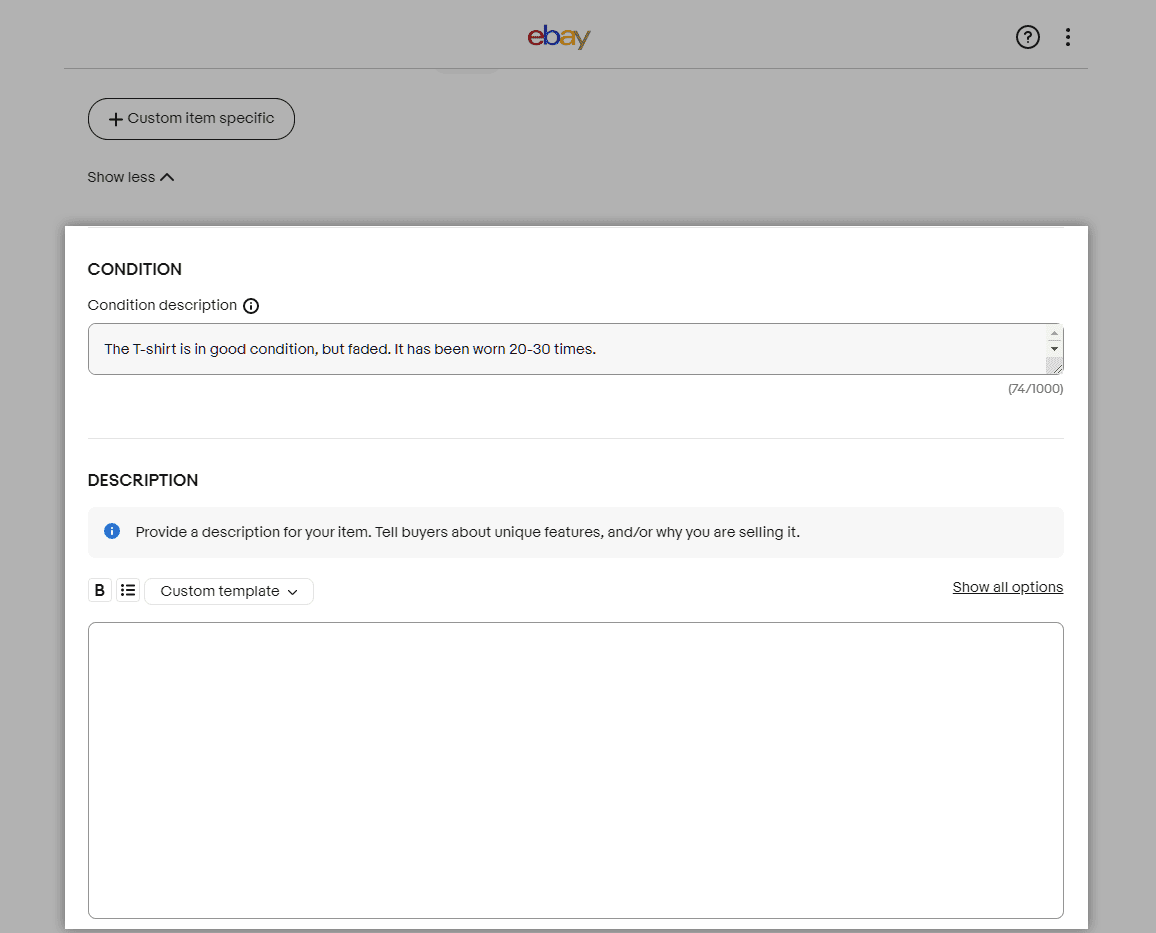
| Buy It Now Benefits | Fields Missing From Buy It Now |
| List multiples of the same item with the quick listing tool | No Duration field |
| Less fields to fill out | No Starting Bid field |
| Volume pricing for larger buyers | No Reserve field |
| Great for online retailers |
 Each of these has different options you can choose. We’ll go through each separately to help you understand your options.
Each of these has different options you can choose. We’ll go through each separately to help you understand your options.
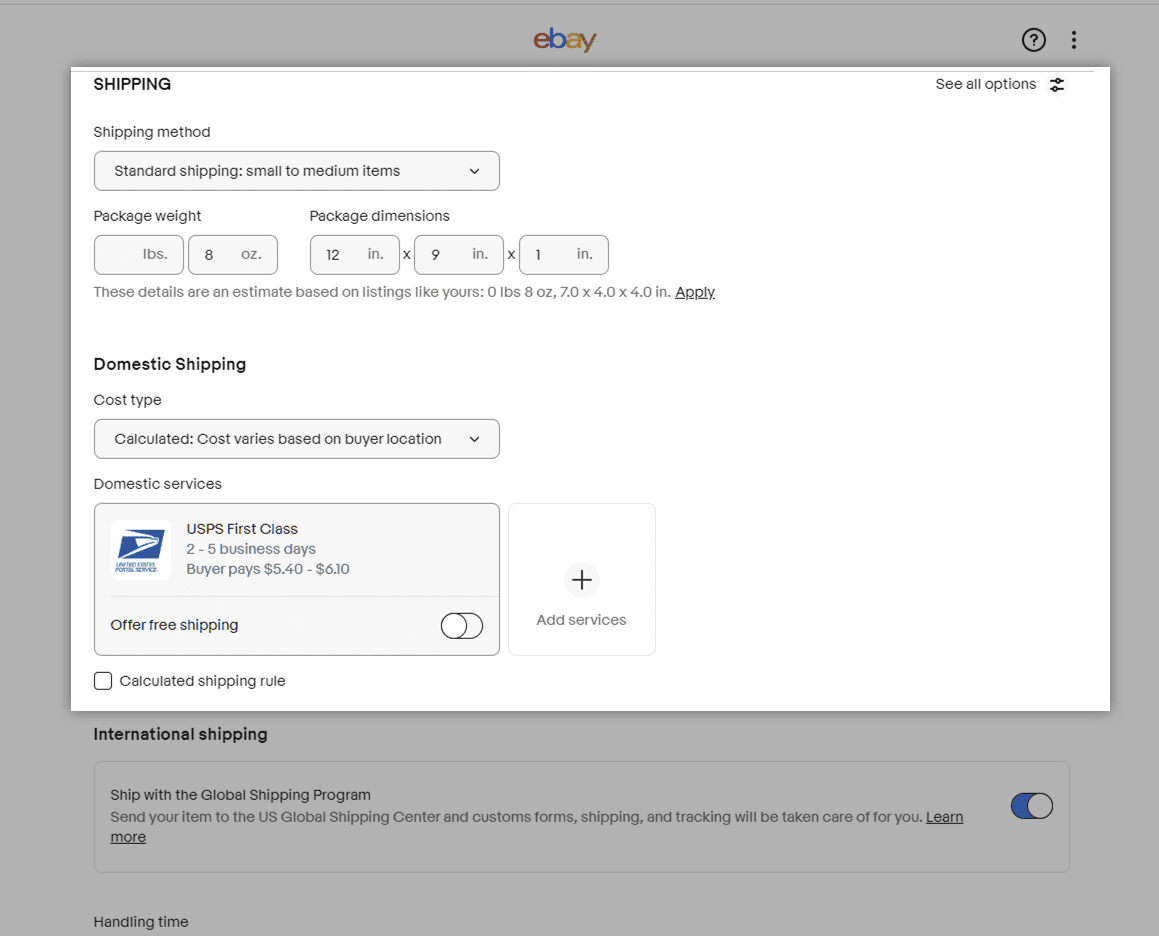 Once you put in these details, you will need to make changes regarding domestic and international shipping.
Once you put in these details, you will need to make changes regarding domestic and international shipping.
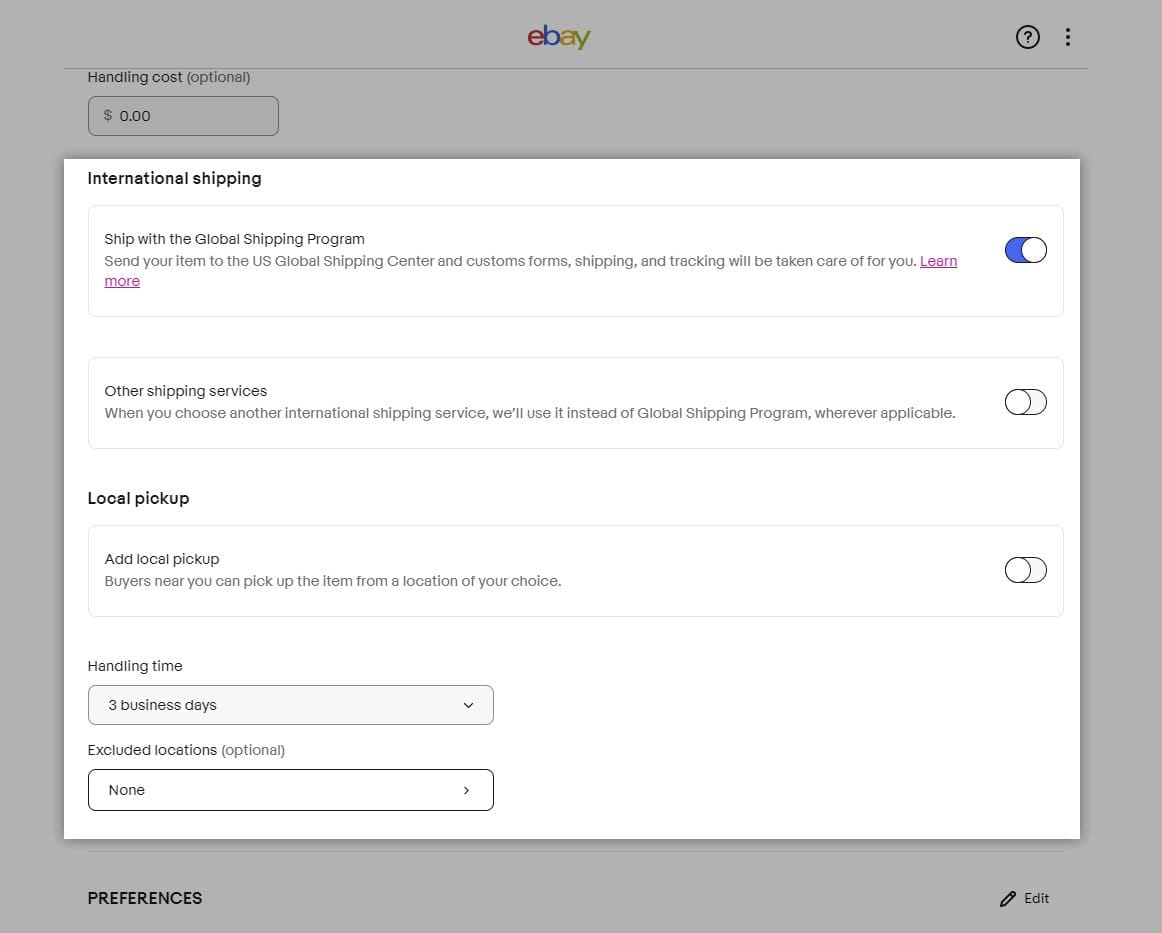 You can also offer Local Pickup if you wish. Next, we’ll discuss how to ship freight on eBay.
You can also offer Local Pickup if you wish. Next, we’ll discuss how to ship freight on eBay.
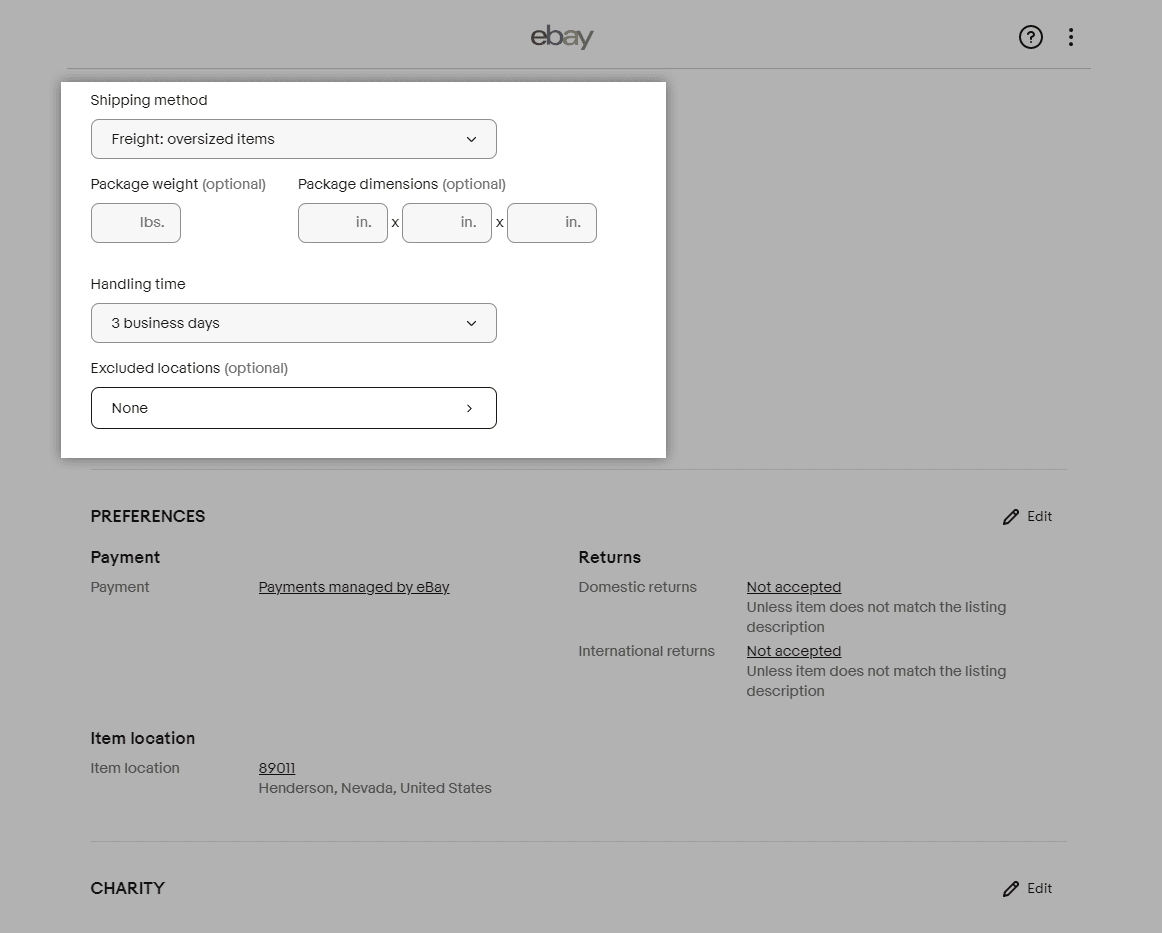 Freight is for heavier items and doesn’t offer as many options. Just add the weight, dimensions, and excluded locations. Then, the shipping amount will be billed to the customer on purchase. You can see what it looks like in the picture below:
Freight is for heavier items and doesn’t offer as many options. Just add the weight, dimensions, and excluded locations. Then, the shipping amount will be billed to the customer on purchase. You can see what it looks like in the picture below:

 These are fairly intuitive, but you may want to know more about the payment method options you can set.
These are fairly intuitive, but you may want to know more about the payment method options you can set.
 Read eBay’s payment method page for more details on payment options. Make sure you understand which payment options qualify for the eBay money-back guarantee. Large purchases and payments outside of the eBay platform are the most common exceptions.
Read eBay’s payment method page for more details on payment options. Make sure you understand which payment options qualify for the eBay money-back guarantee. Large purchases and payments outside of the eBay platform are the most common exceptions.

 I will warn you that while researching this blog, I had an acquaintance go out of his way to warn me about the risks of using eBay for cars. Here’s the conversation:
Philip Plastina: “I've tried doing this twice in my life and it's been a total disaster. eBay took a ton of money from me [and] it took forever for me to get it back. The car delivery service brought the car to the wrong city to drop it off.
Your best bet is to put it on auto trader and Facebook Marketplace. Craigslist is shot too; don’t use it.”
I will warn you that while researching this blog, I had an acquaintance go out of his way to warn me about the risks of using eBay for cars. Here’s the conversation:
Philip Plastina: “I've tried doing this twice in my life and it's been a total disaster. eBay took a ton of money from me [and] it took forever for me to get it back. The car delivery service brought the car to the wrong city to drop it off.
Your best bet is to put it on auto trader and Facebook Marketplace. Craigslist is shot too; don’t use it.”
 On a sidebar, if you like electronic dance music, check out Phil’s group Dancetronauts.
On a sidebar, if you like electronic dance music, check out Phil’s group Dancetronauts.
| Step Number | Multiple Items in Single Batch | Sell Multiple of a Single Item Individually |
| 1. | Describe Your Item | Describe Your Item |
| 2. | Add Pictures. | Add Pictures. |
| 3. | Add Title. | Add Title. |
| 4. | Set The Item Category. | Set The Item Category. |
| 5. | Provide Additional Details. | Provide Additional Details. |
| 6. | Describe Condition of Each Product.in Lot | Describe Condition of Product. |
| 7. | Provide Description of Each Product. | Provide Description of Product. |
| 8. | Set Pricing. Maybe Auction or Buy It Now. Mark “Sell As A Lot.” | Set Pricing. Must Buy It Now. Set Quantity. |
| 9. | Set Shipping Rates. | Set Shipping Rates. |
| 10. | Set Preferences. | Set Preferences. |
| 11. | List it! | List it! |
 Inbox
Inbox 
Learn from business failures and successes in 5 min or less. The stories, frameworks, and tactics that will make you a 10x better founder.
 Join our 45,000+ entrepreneurs
Join our 45,000+ entrepreneurs